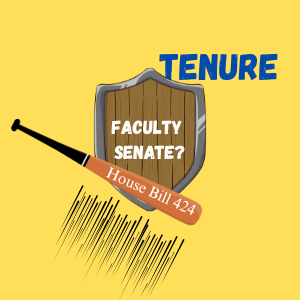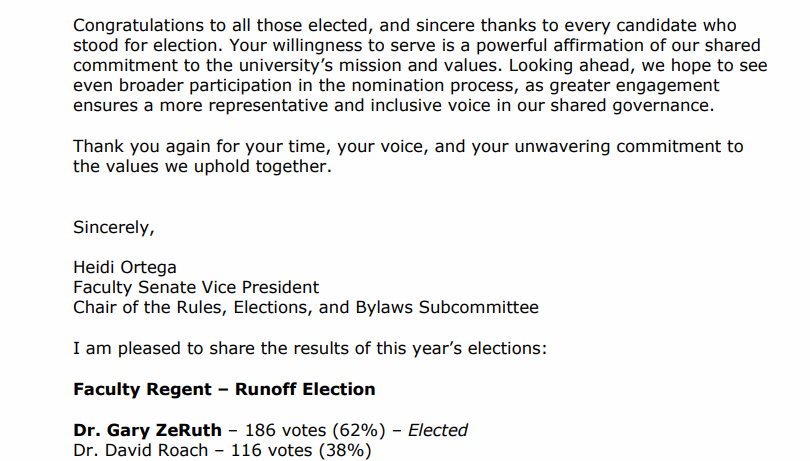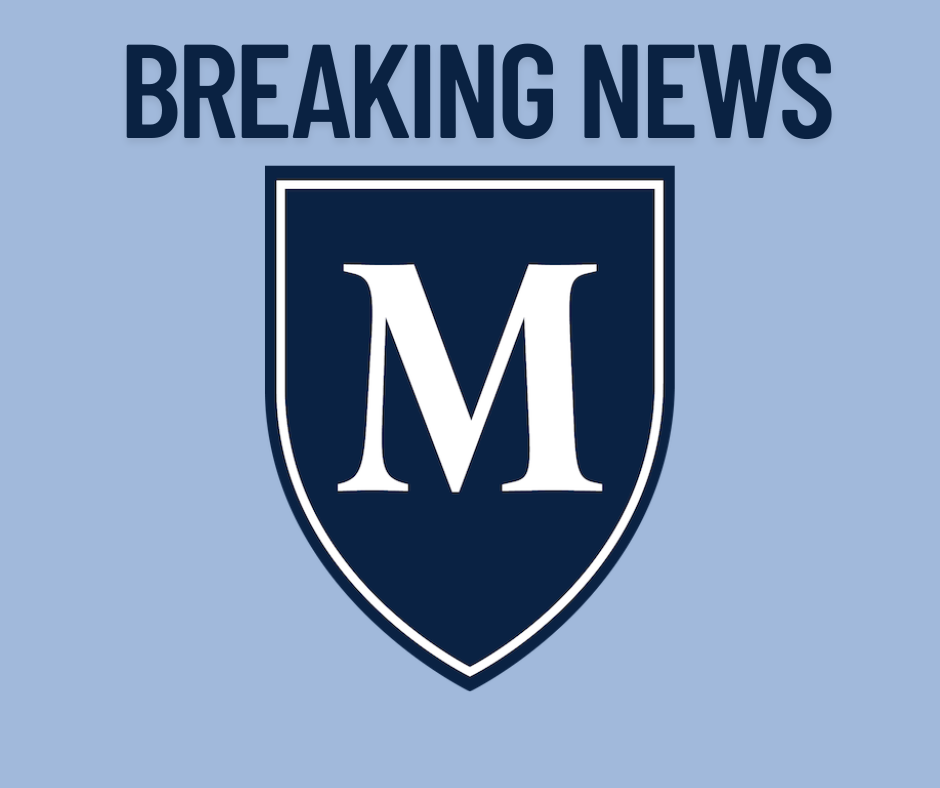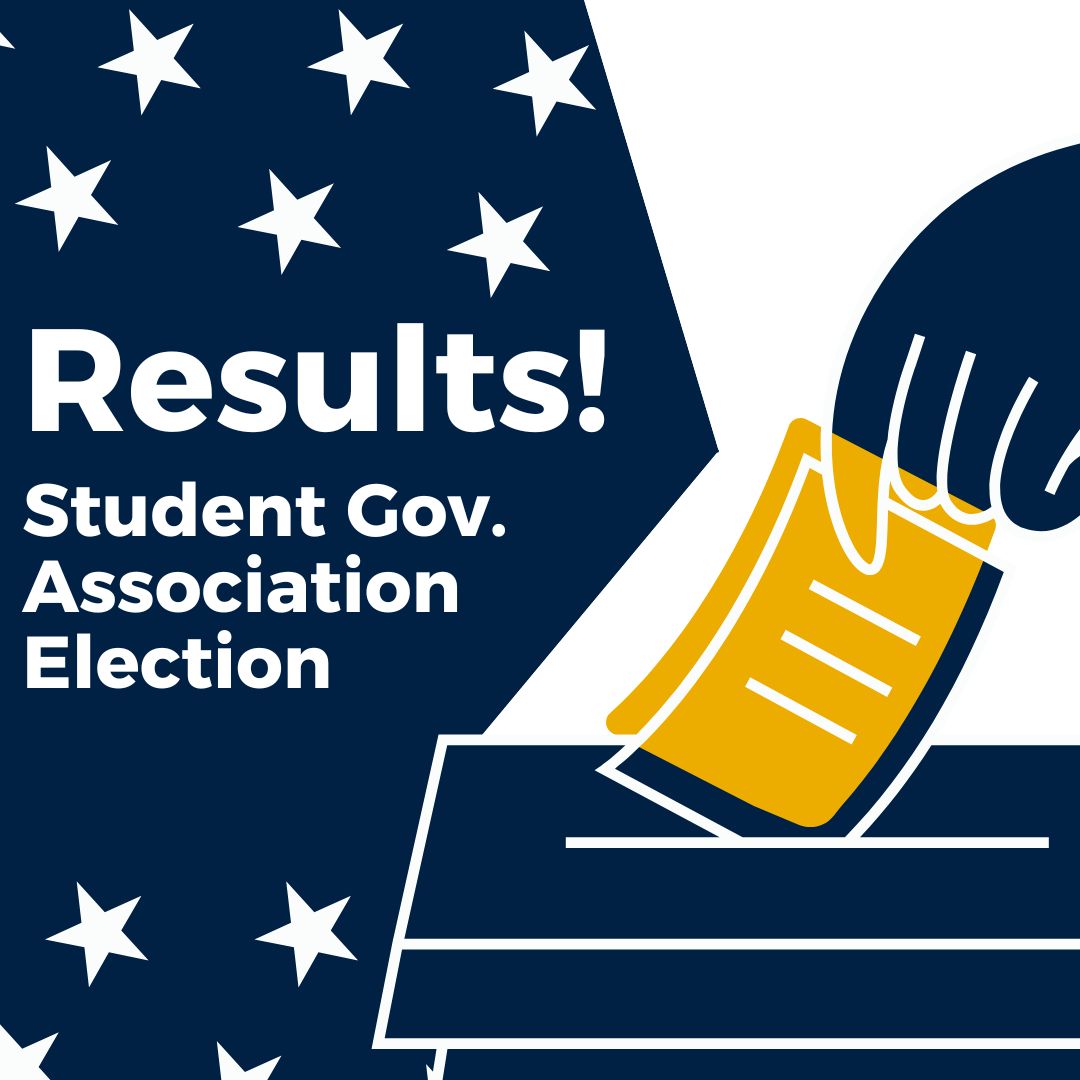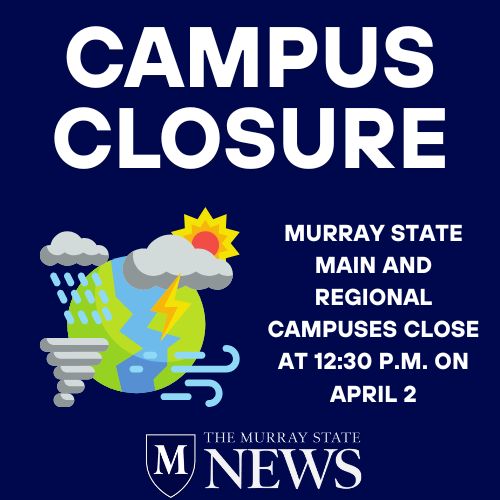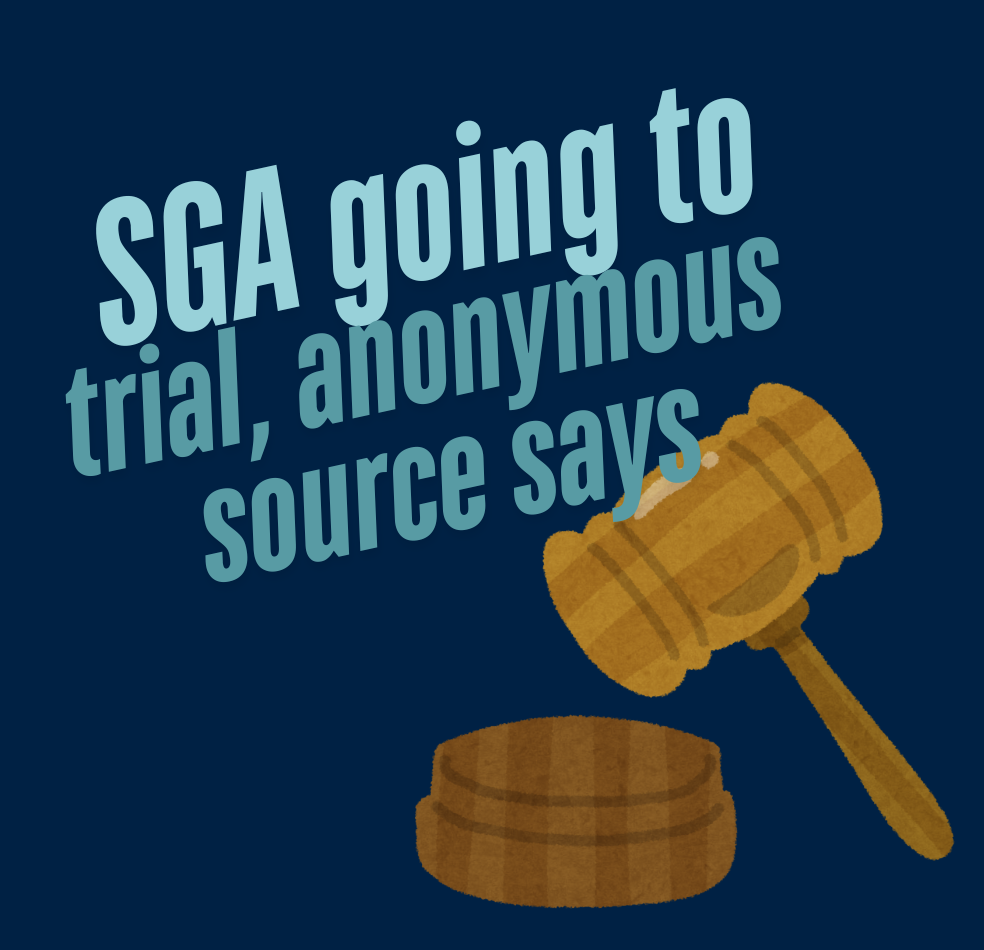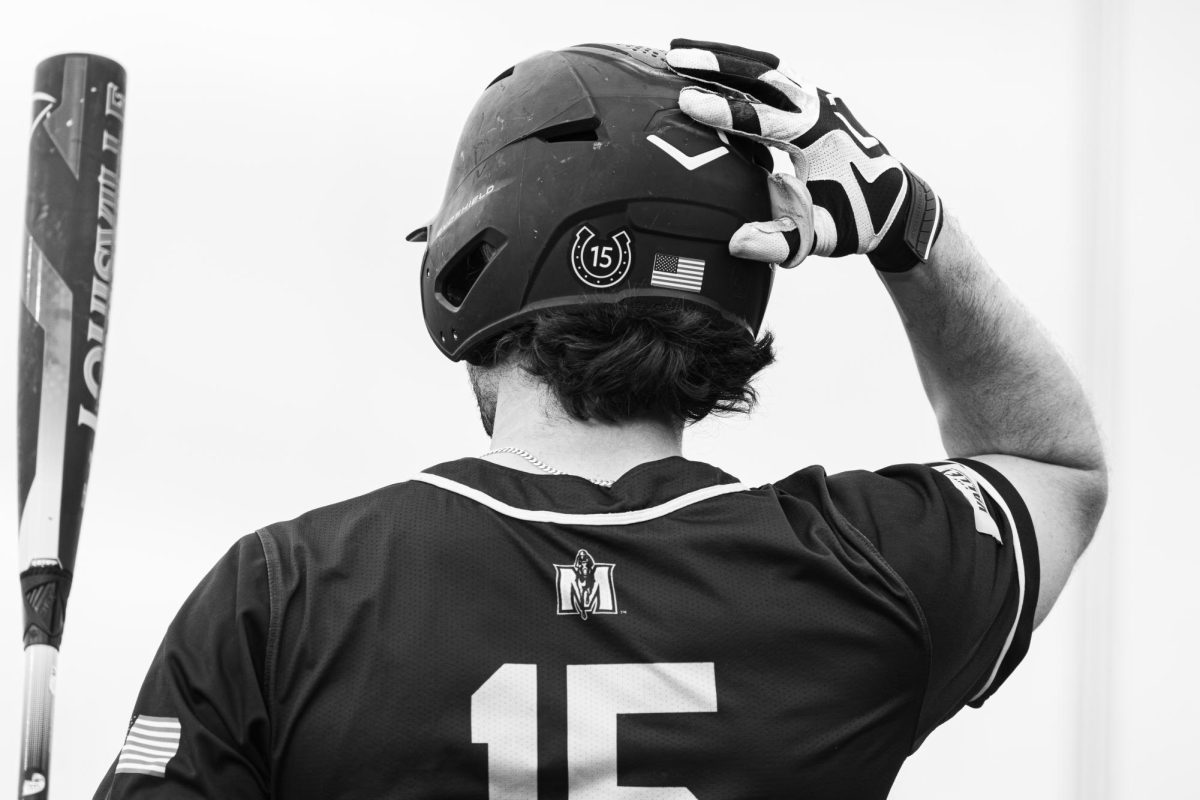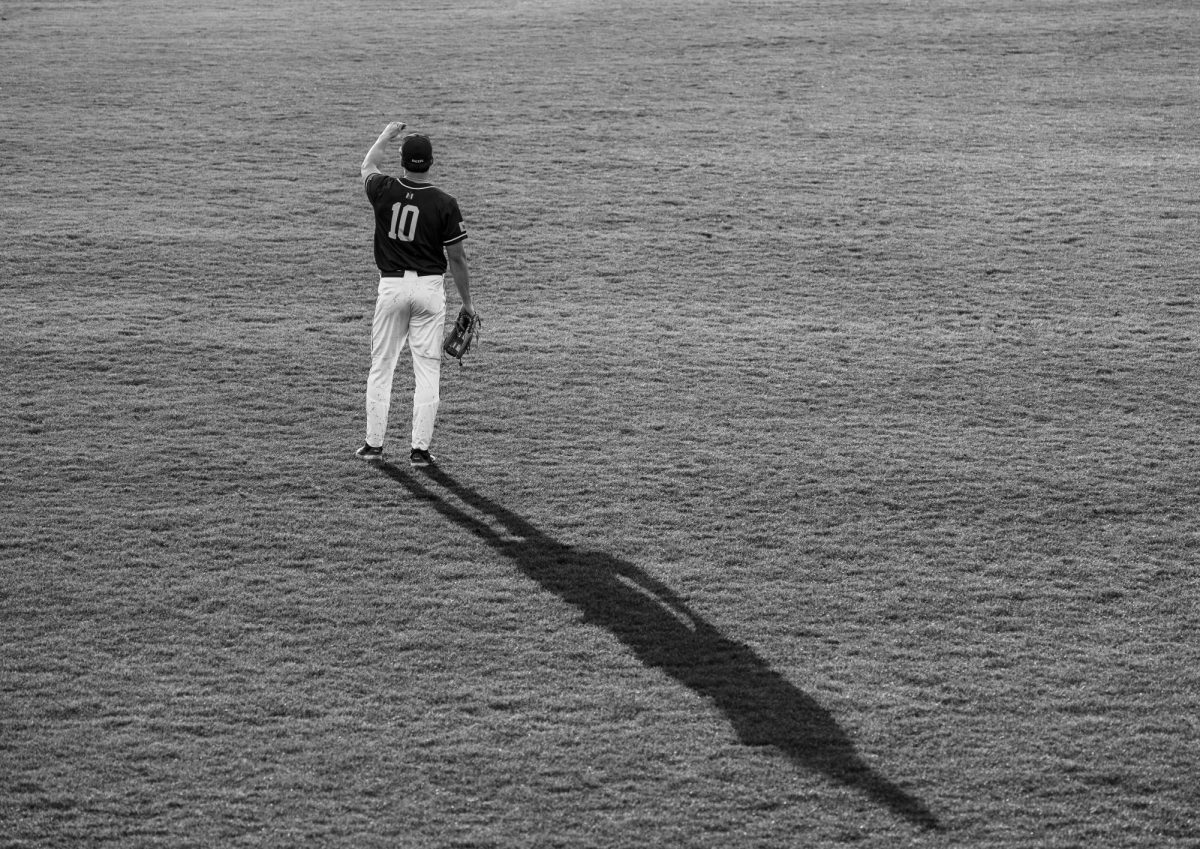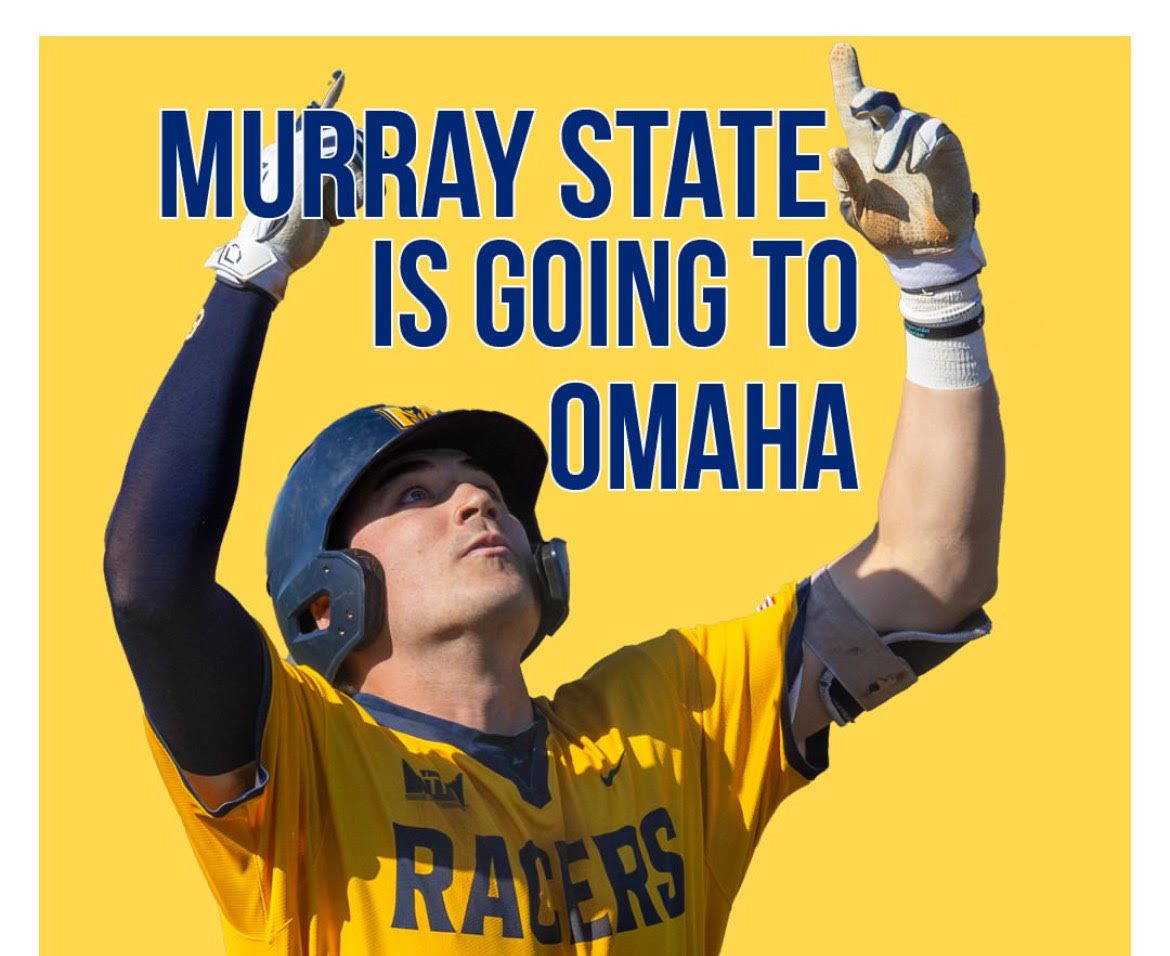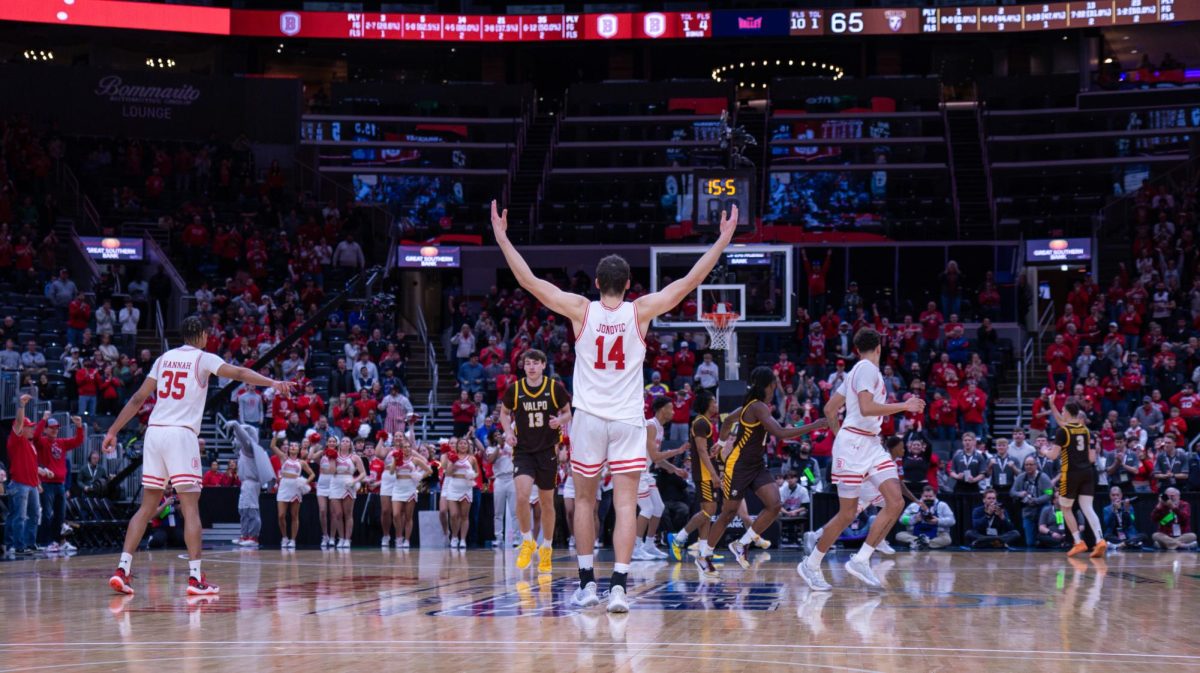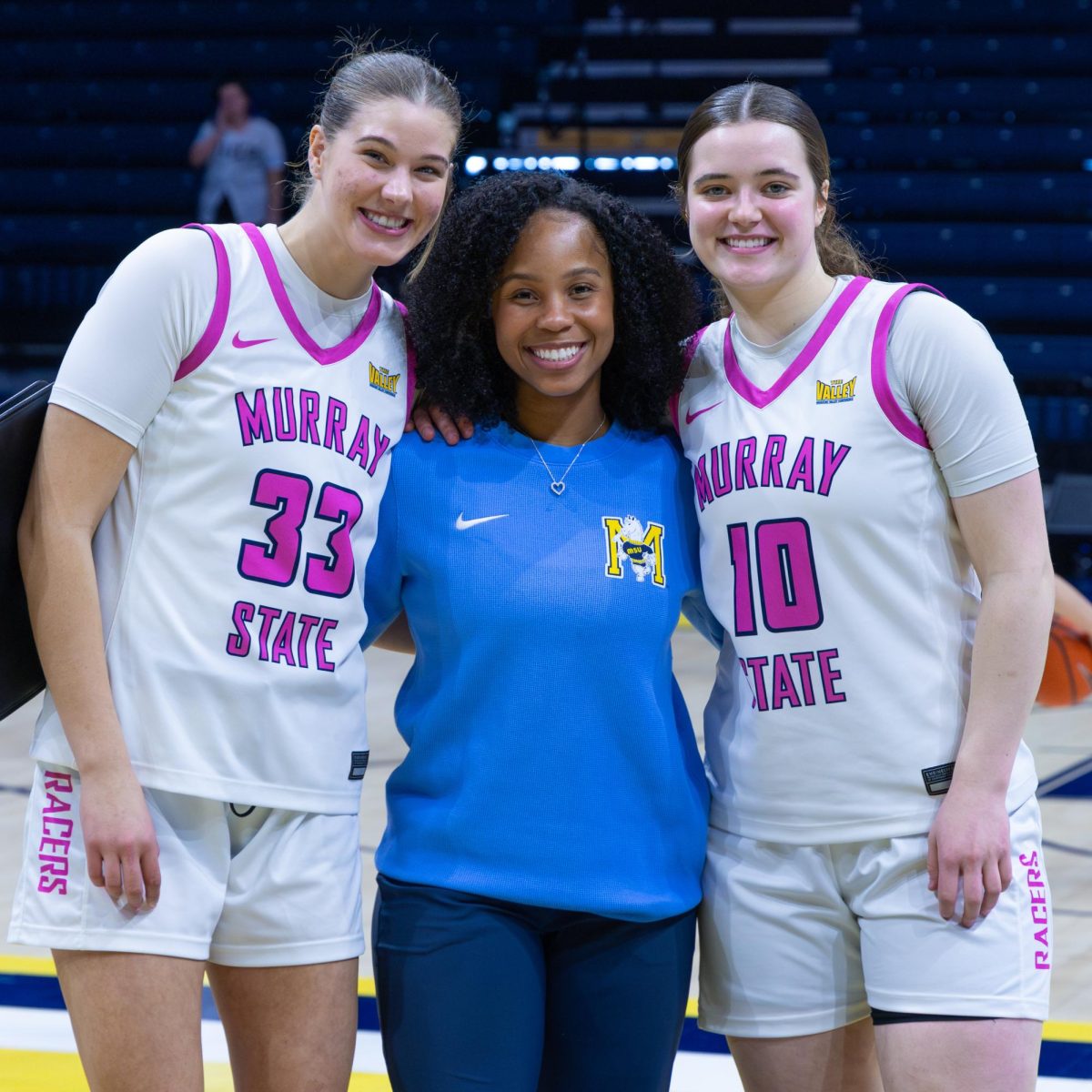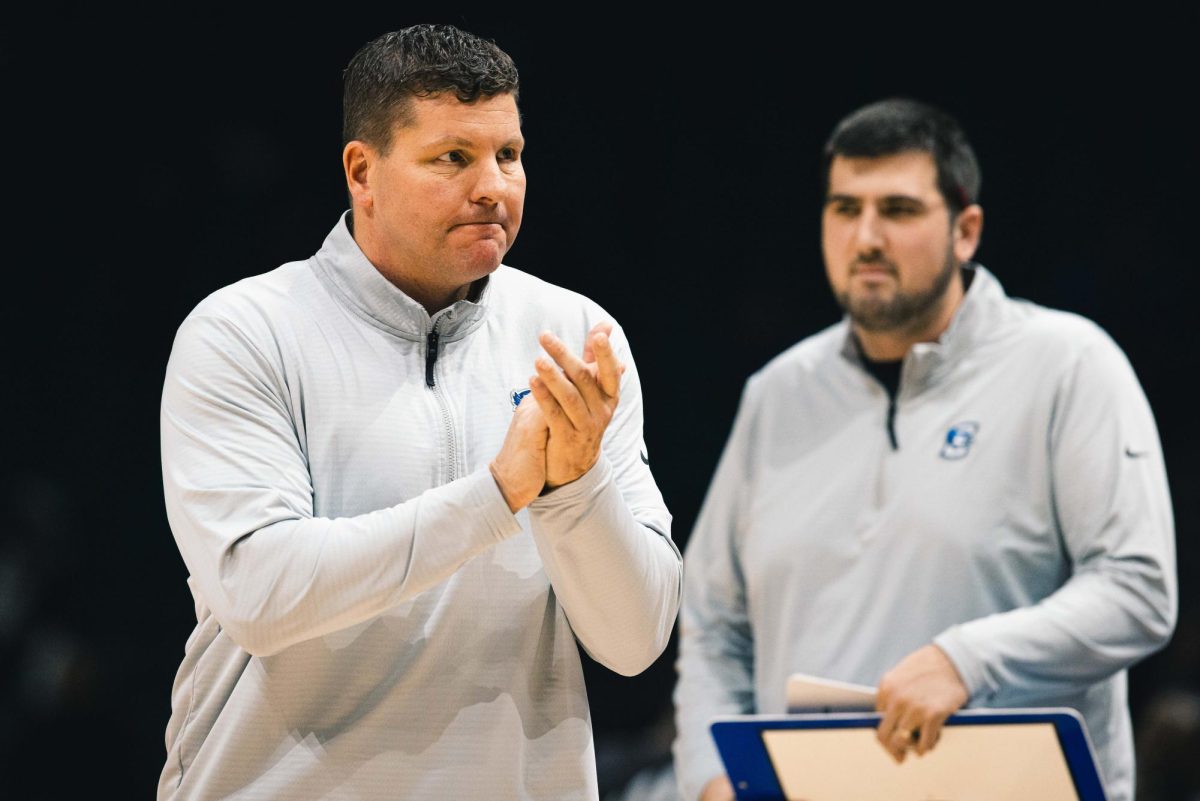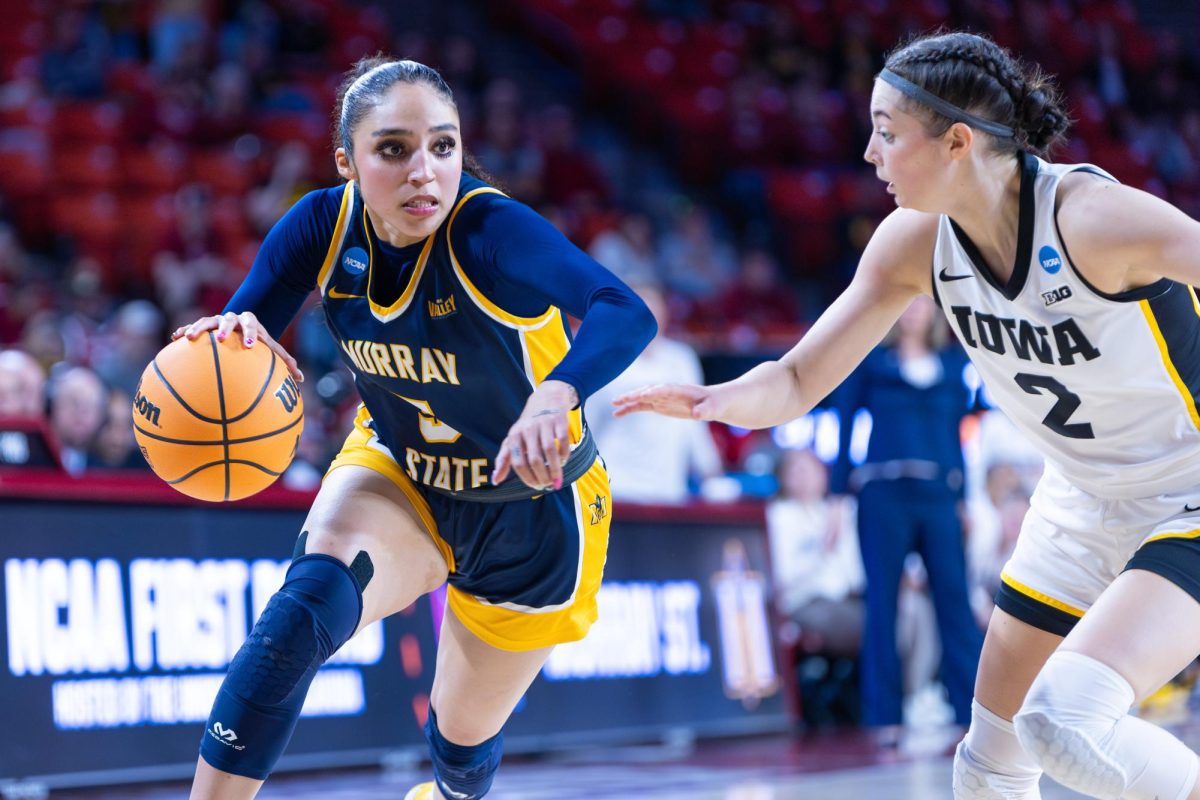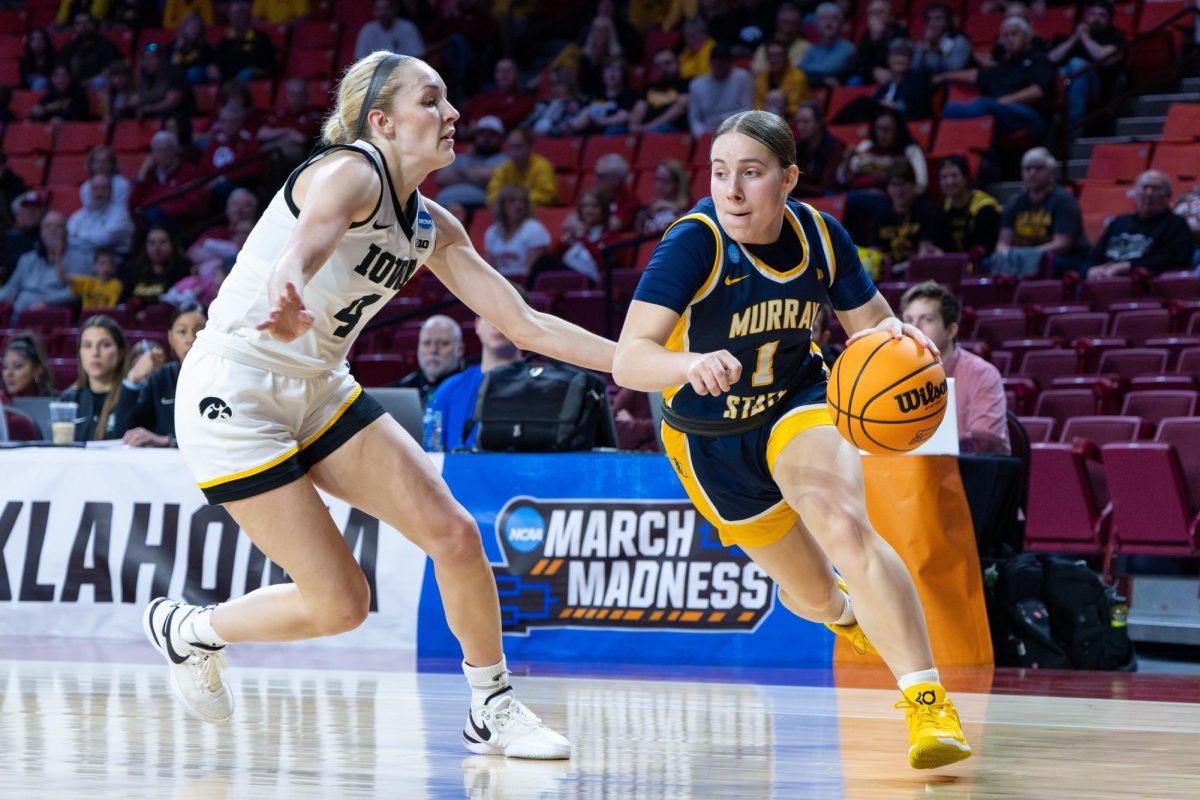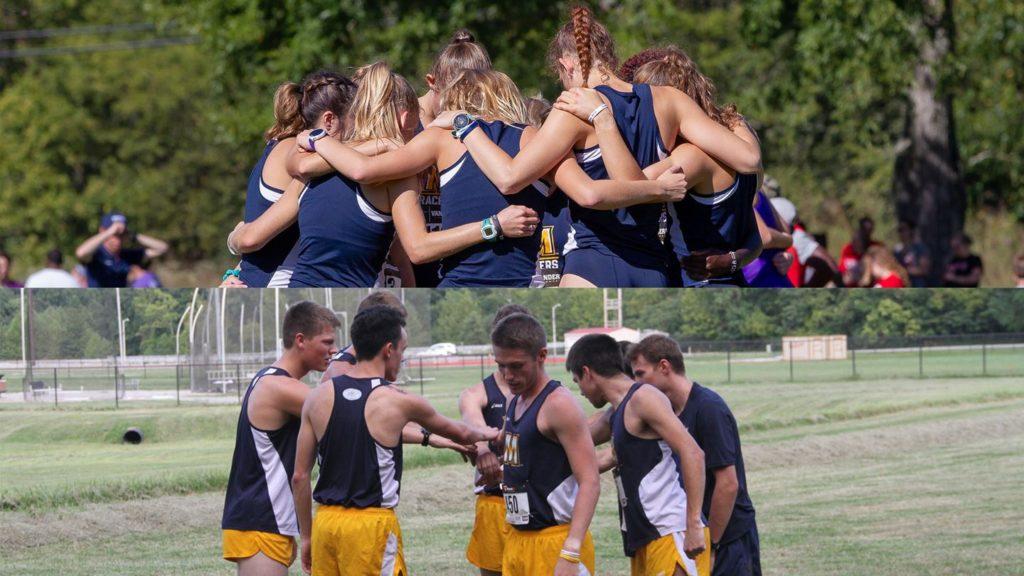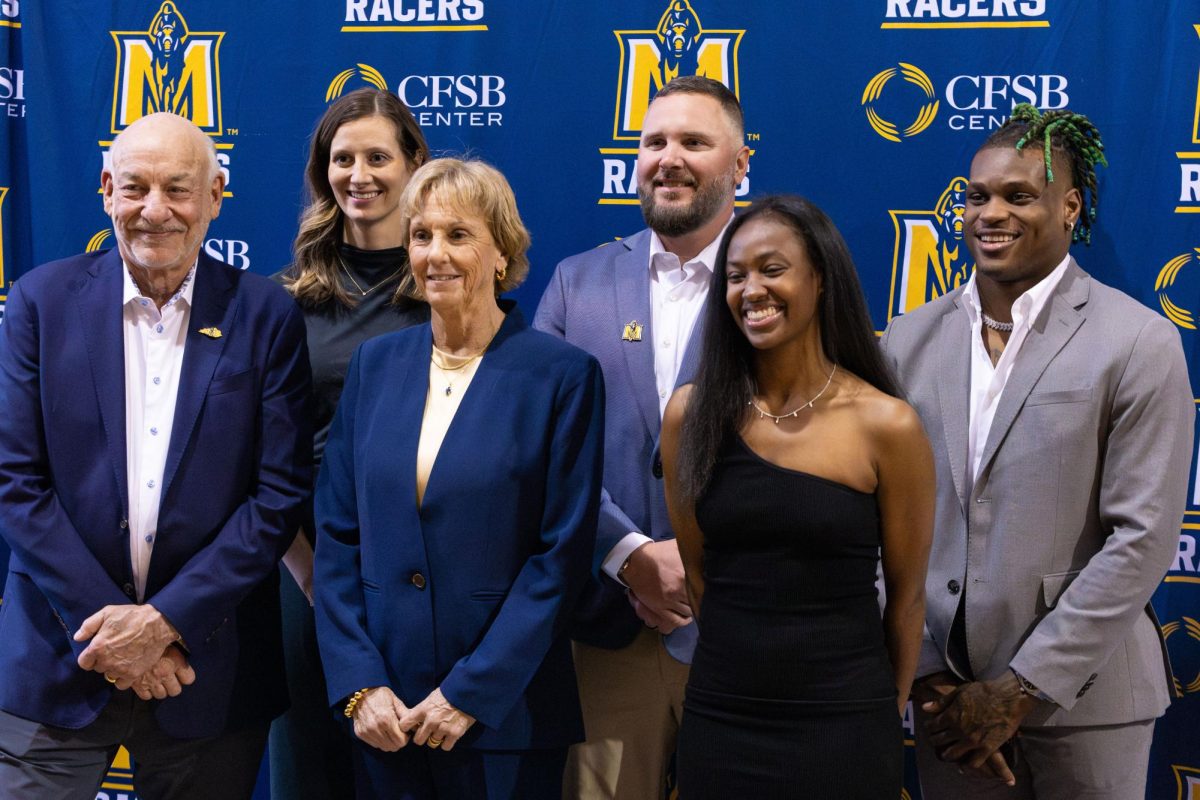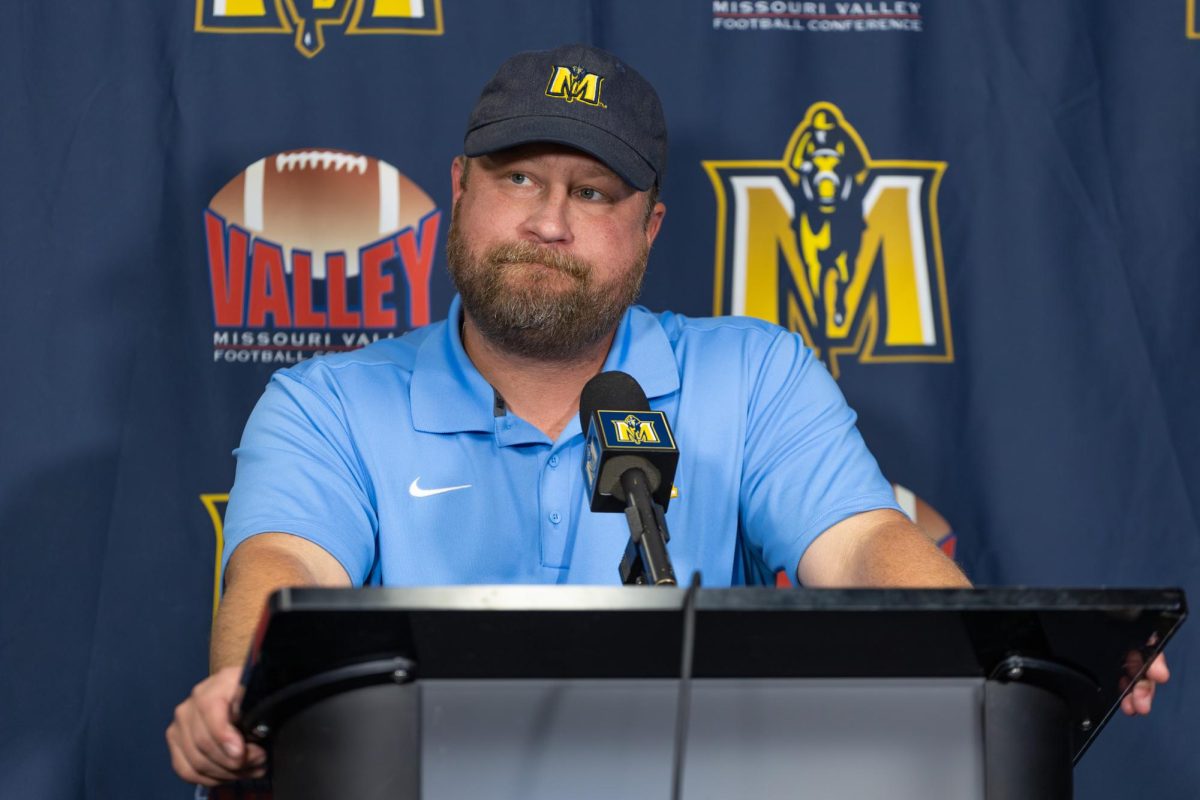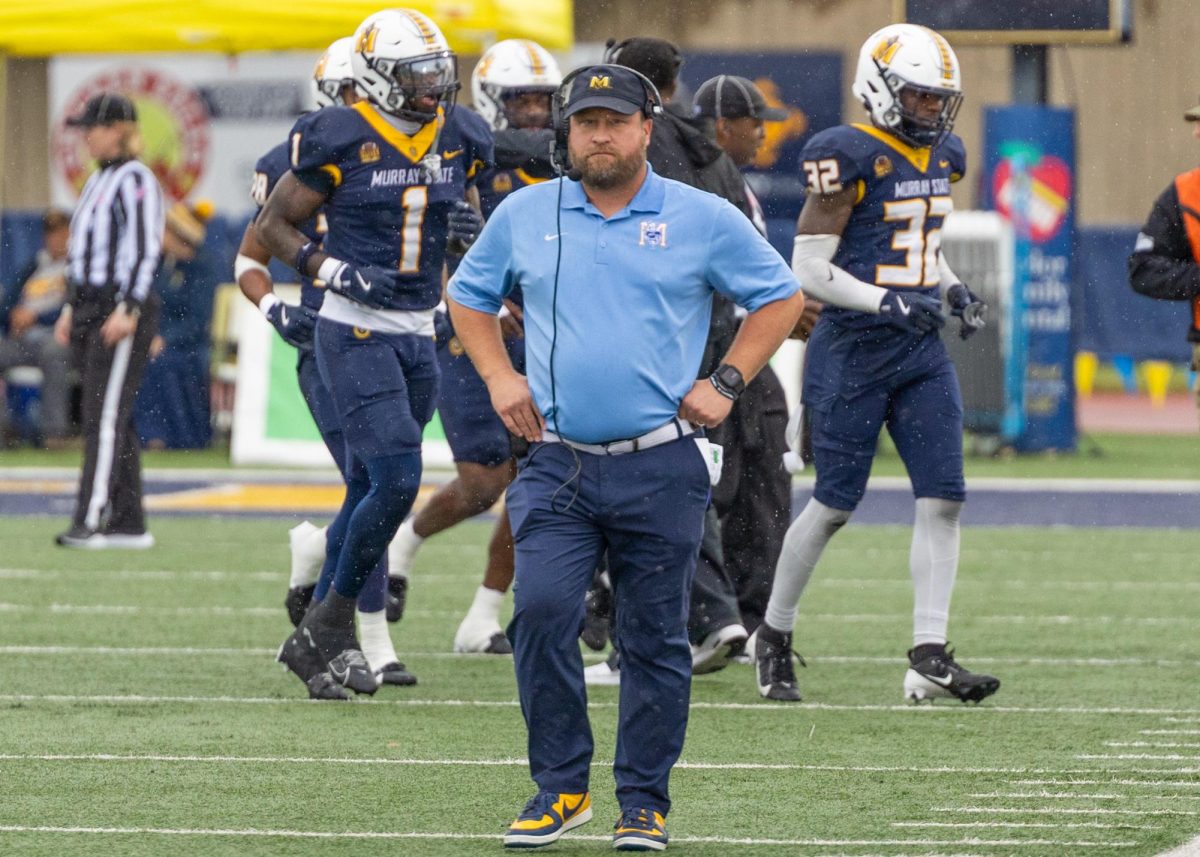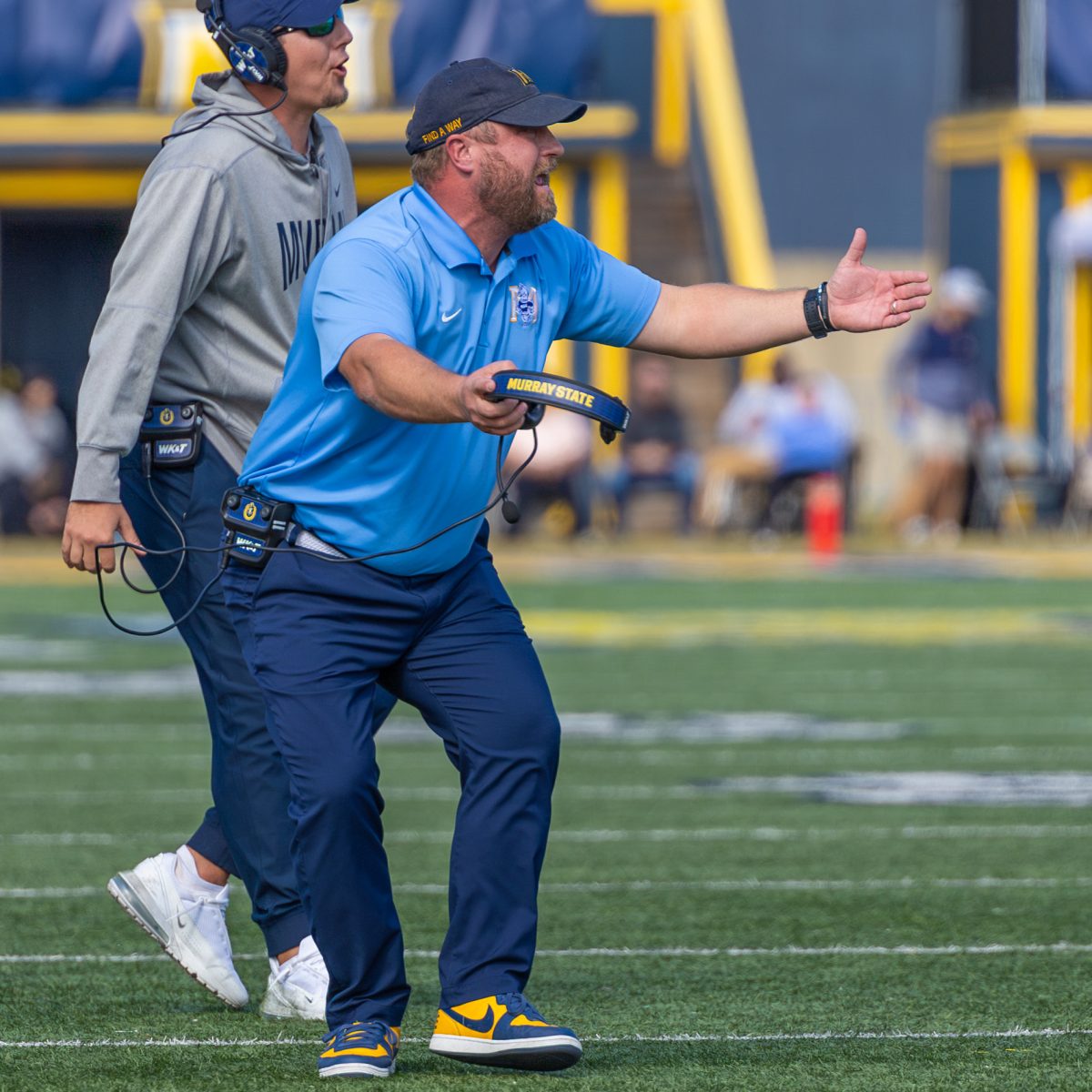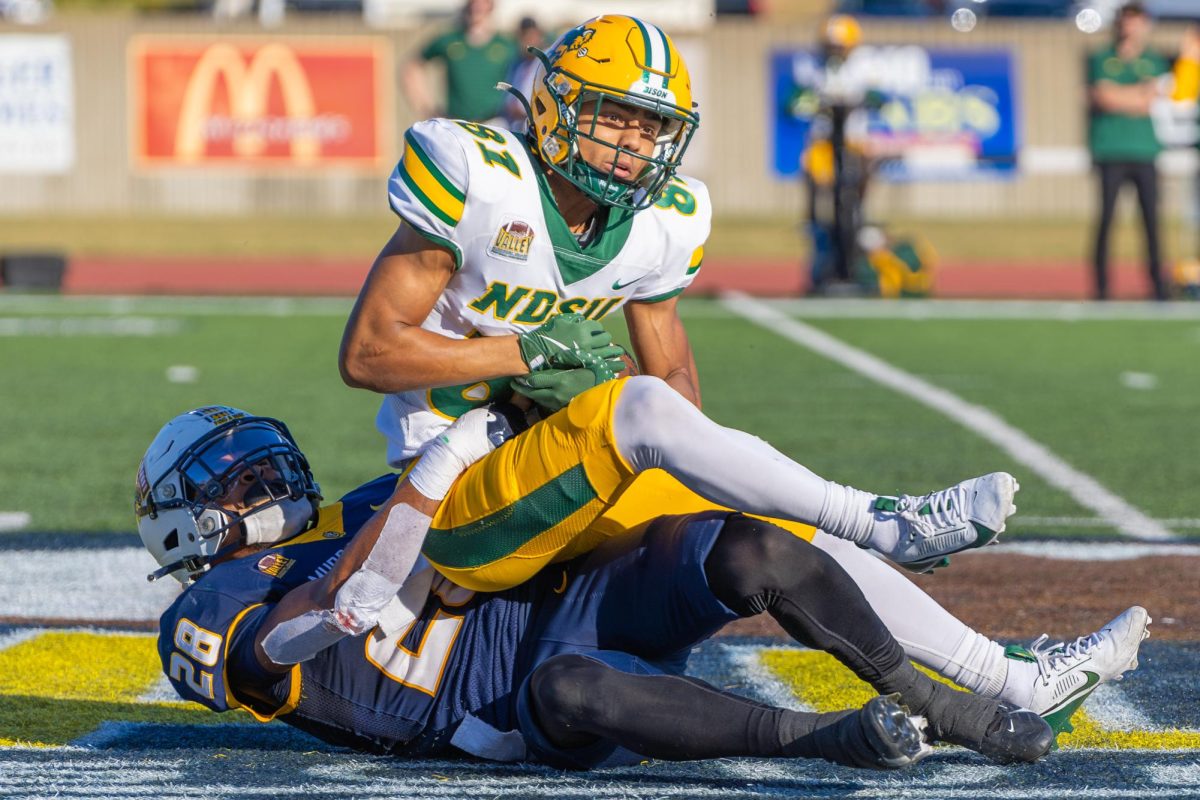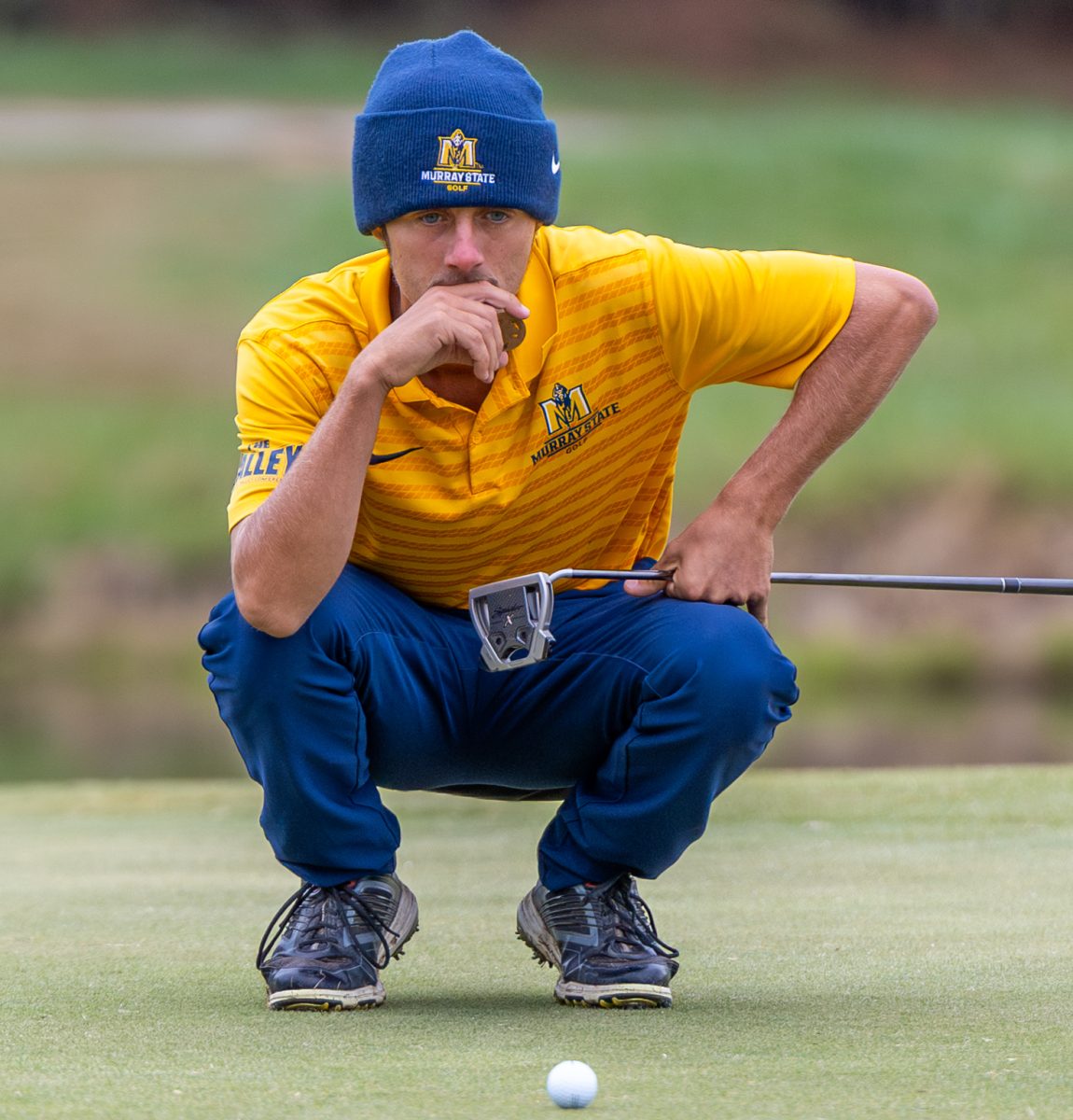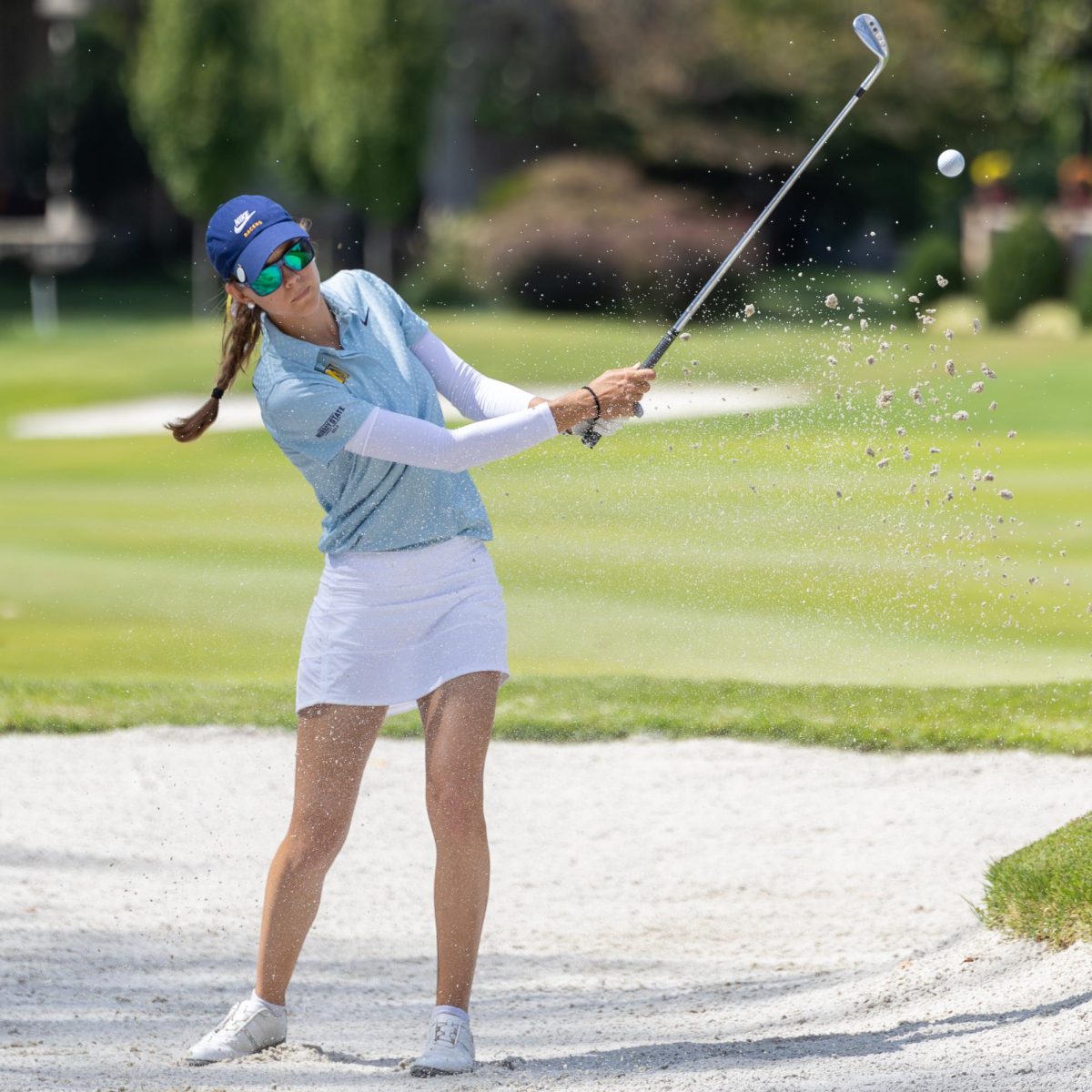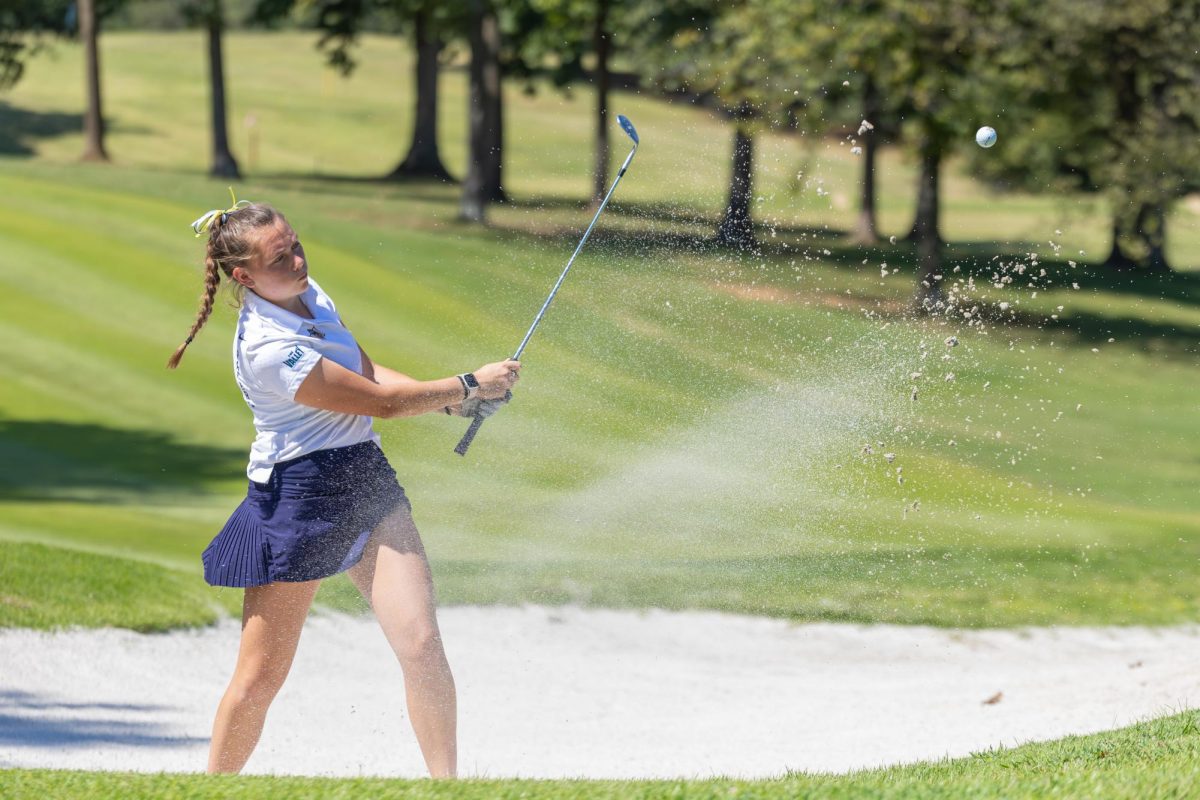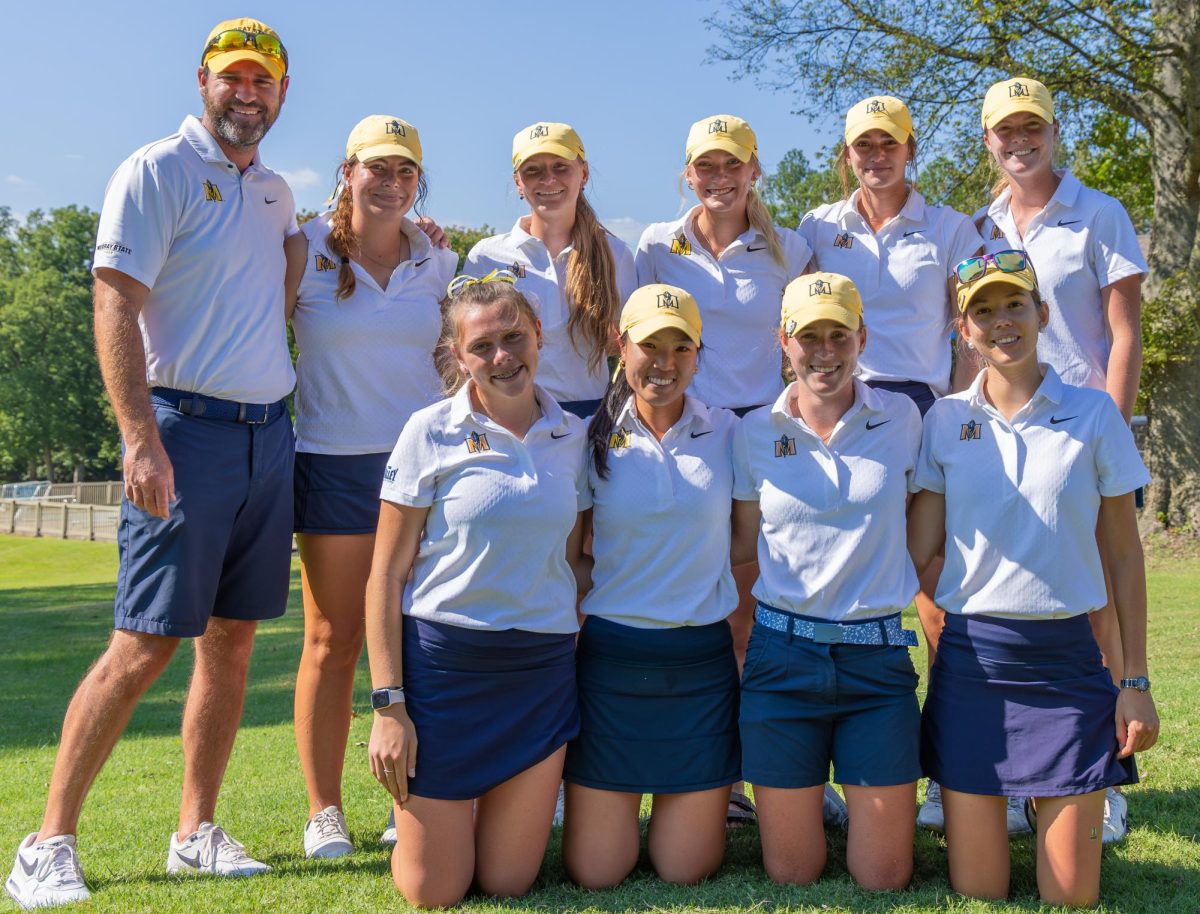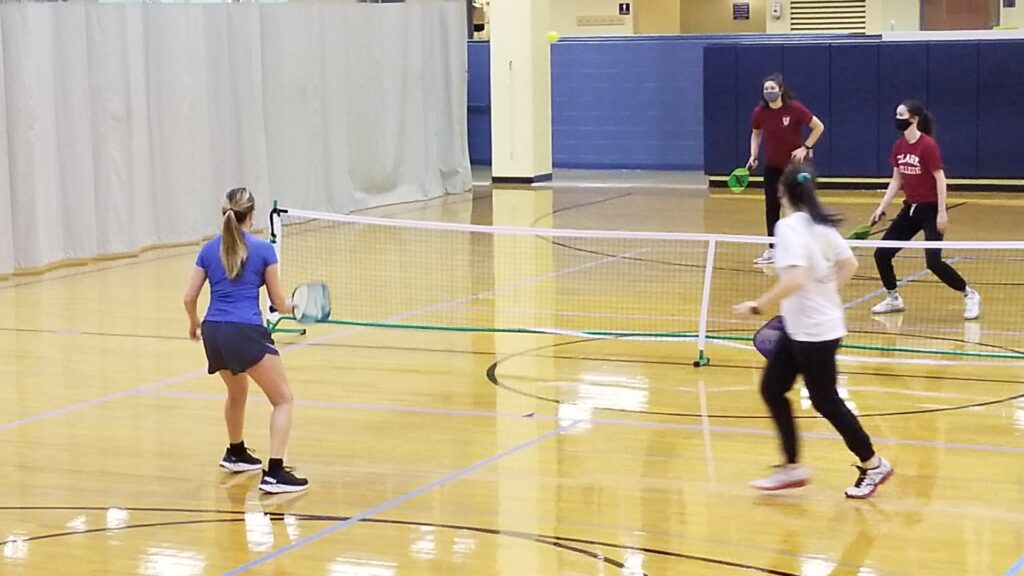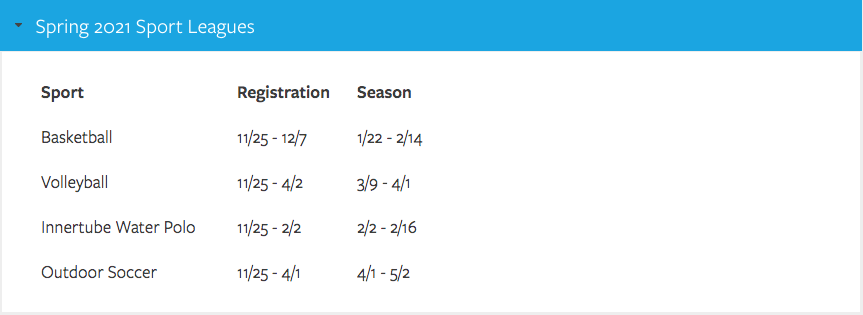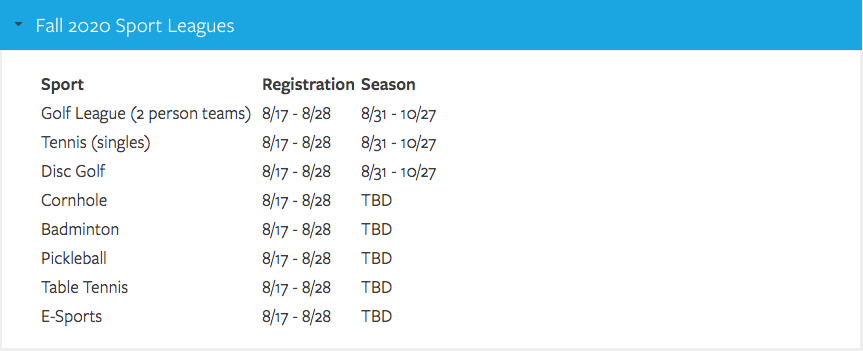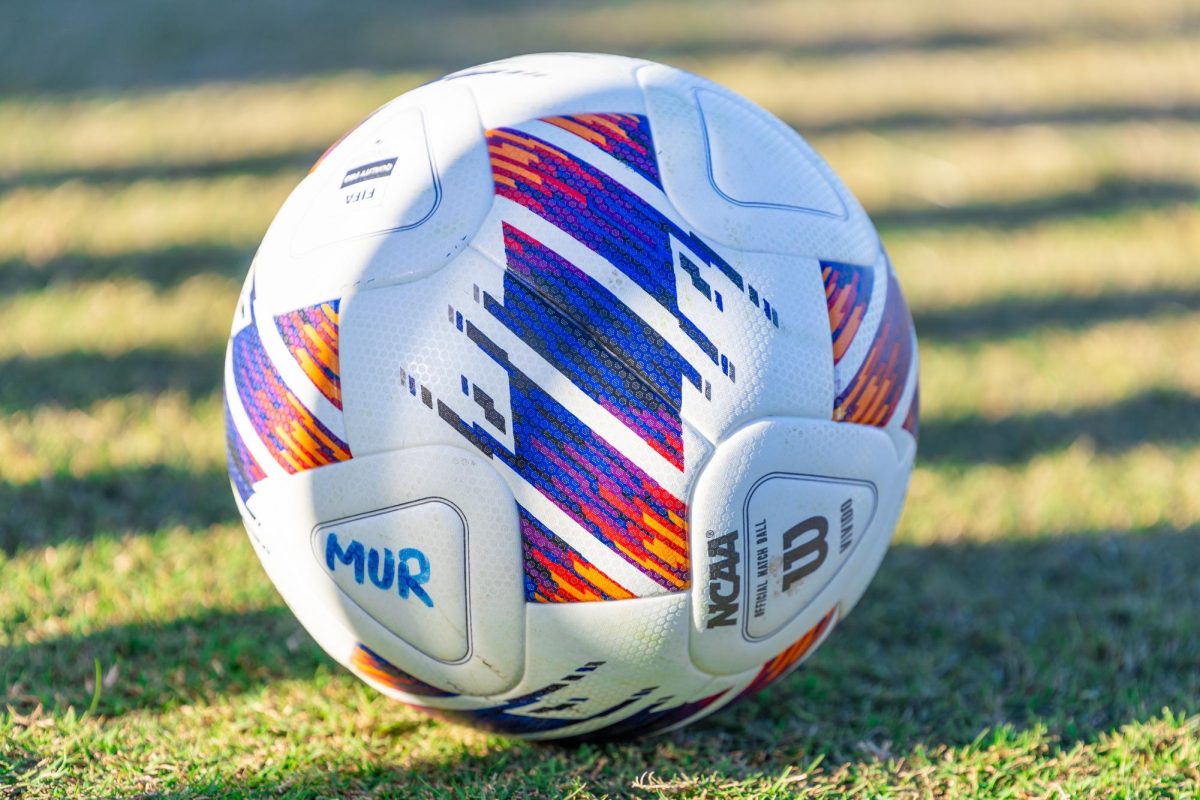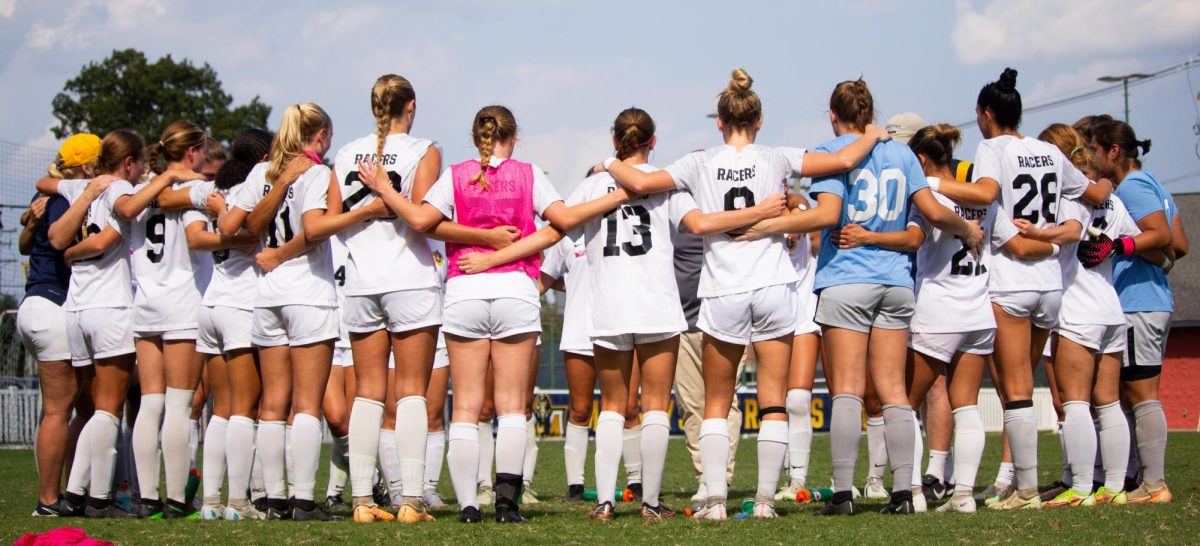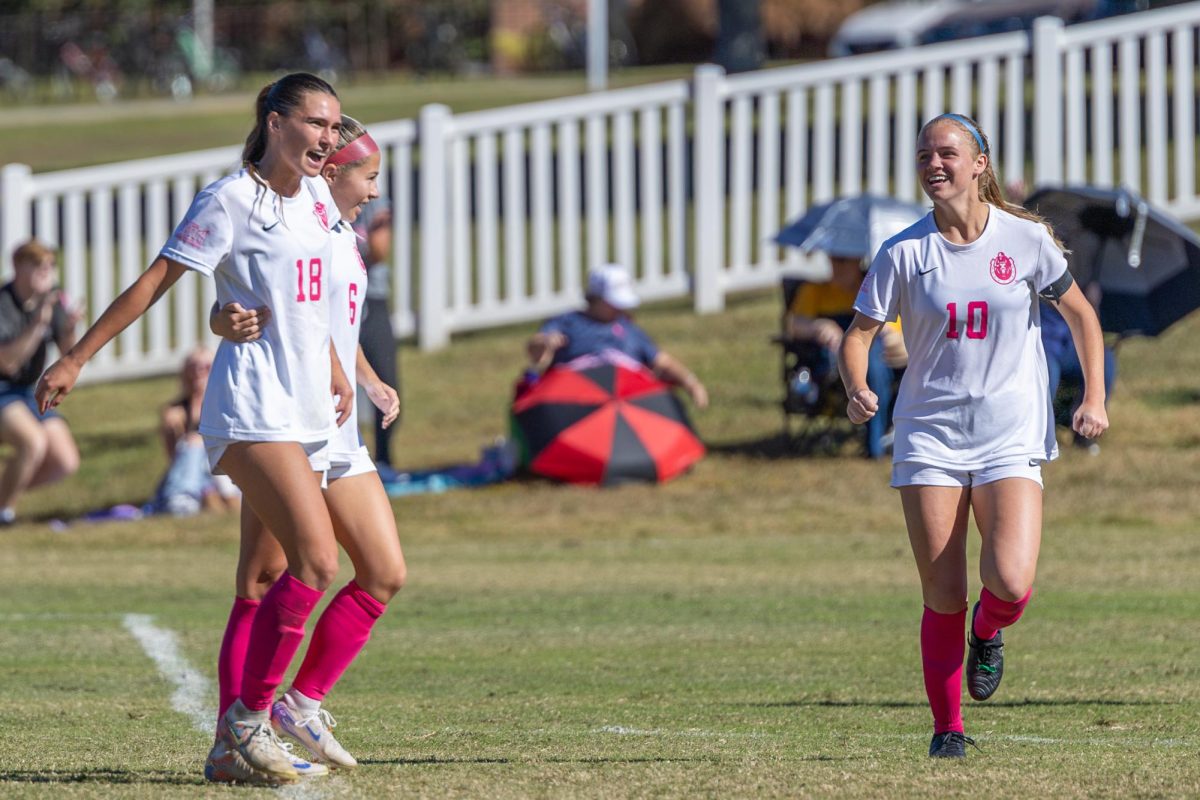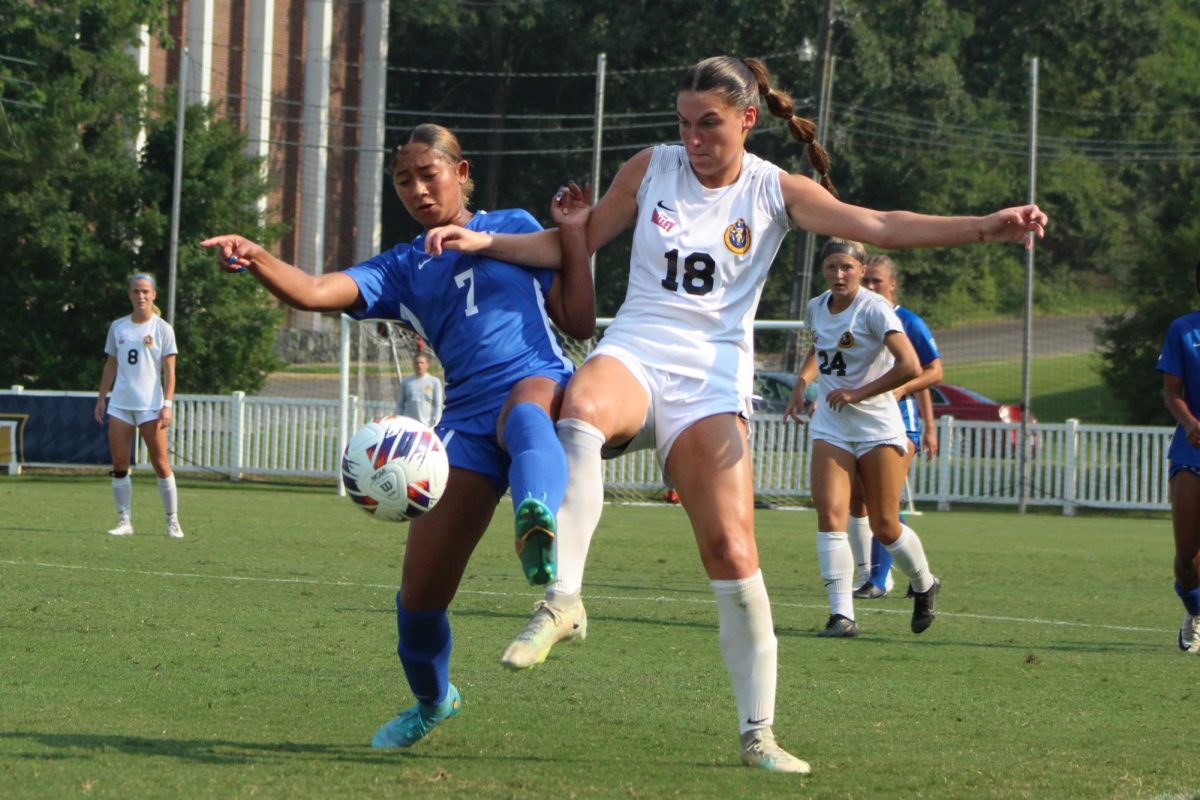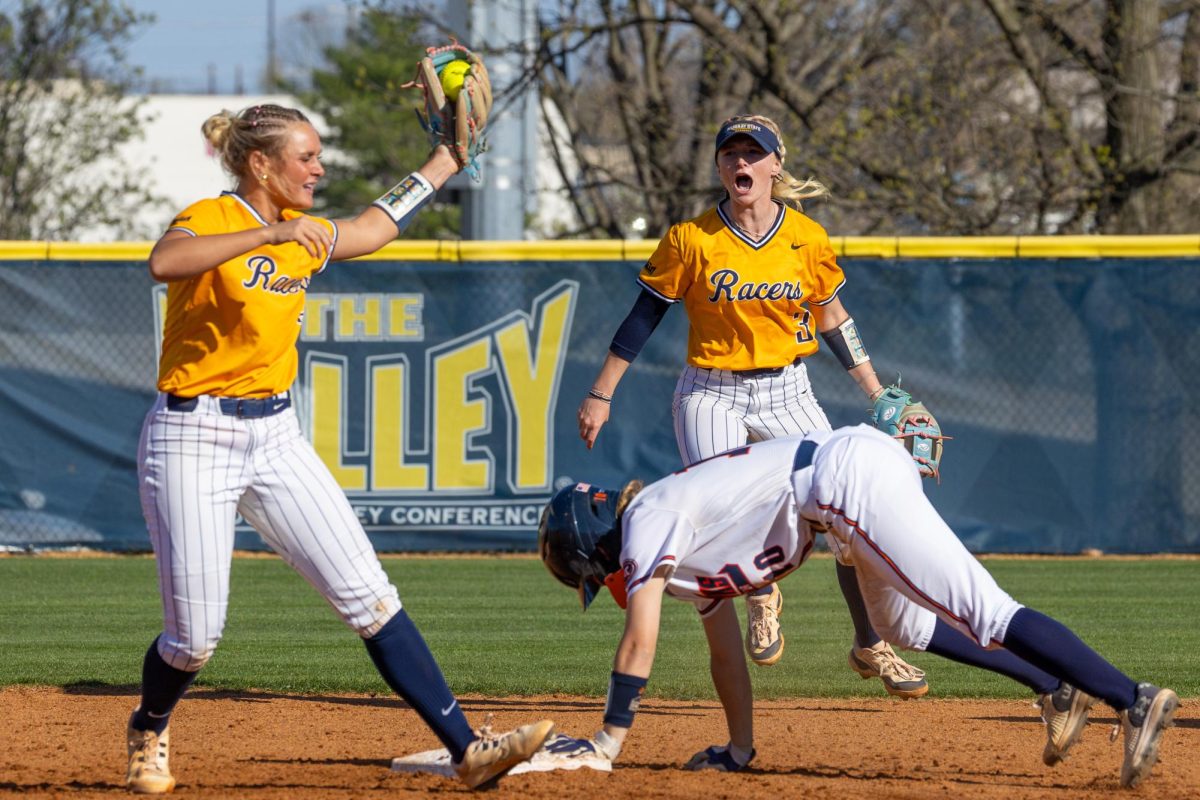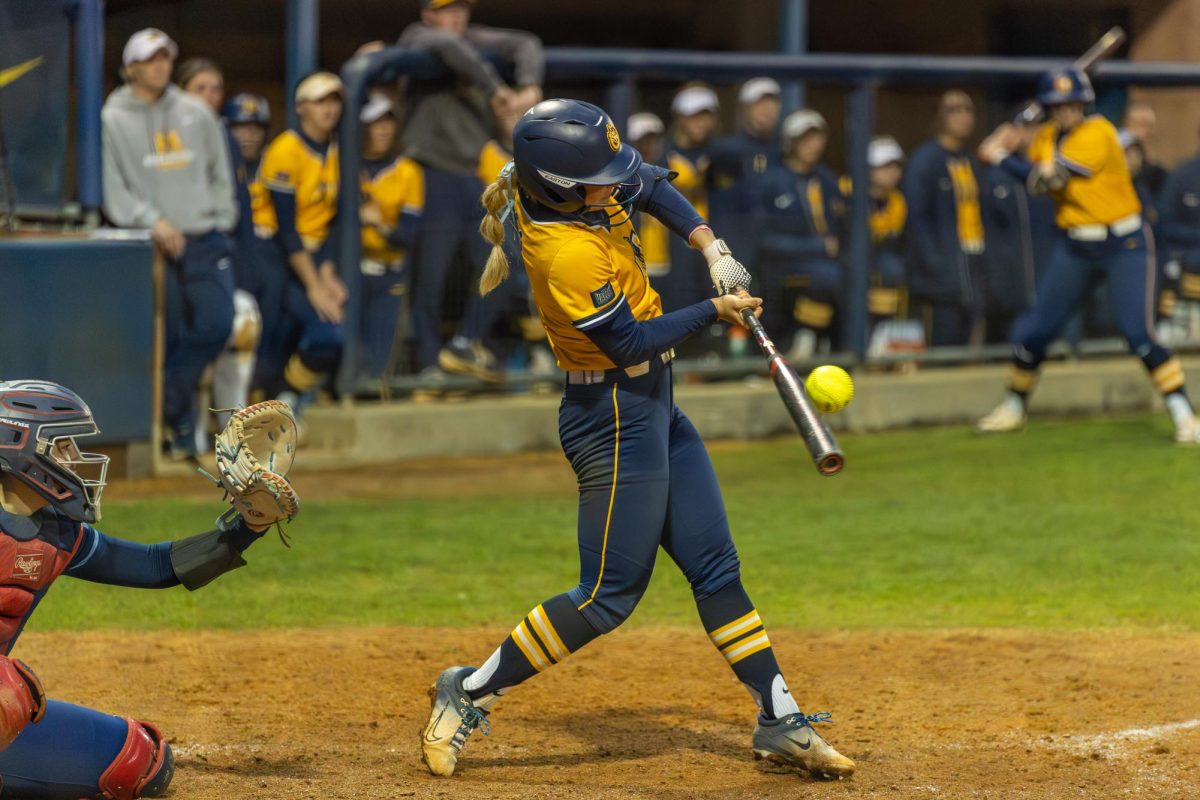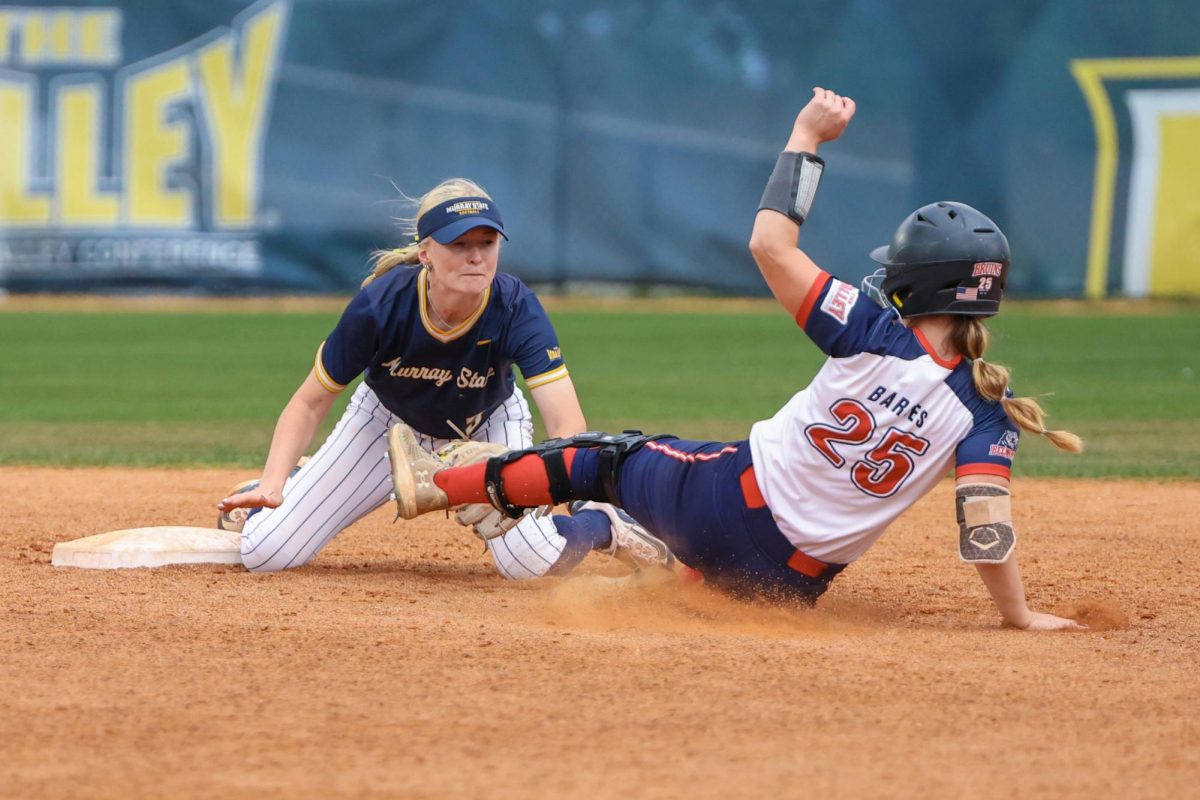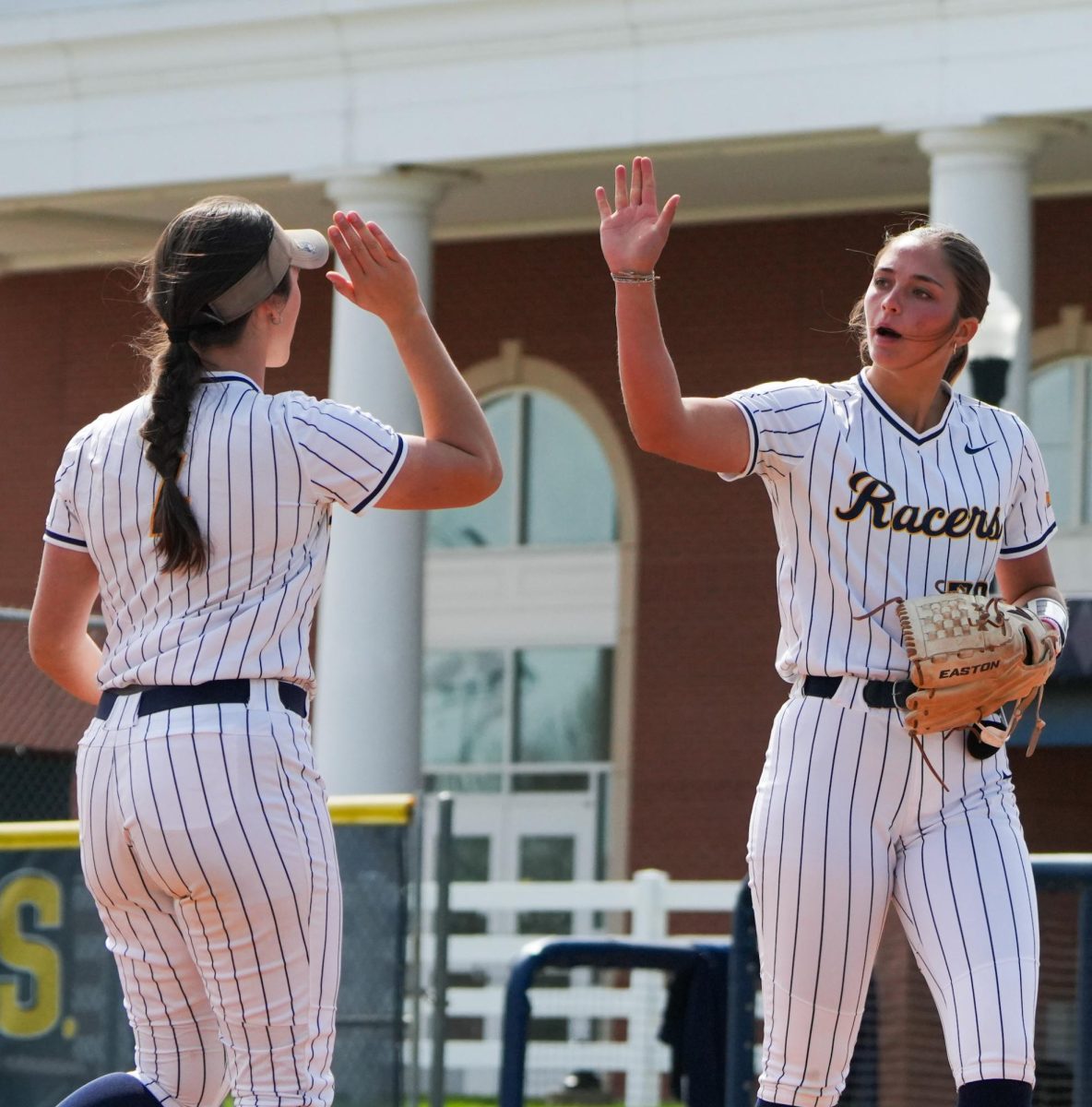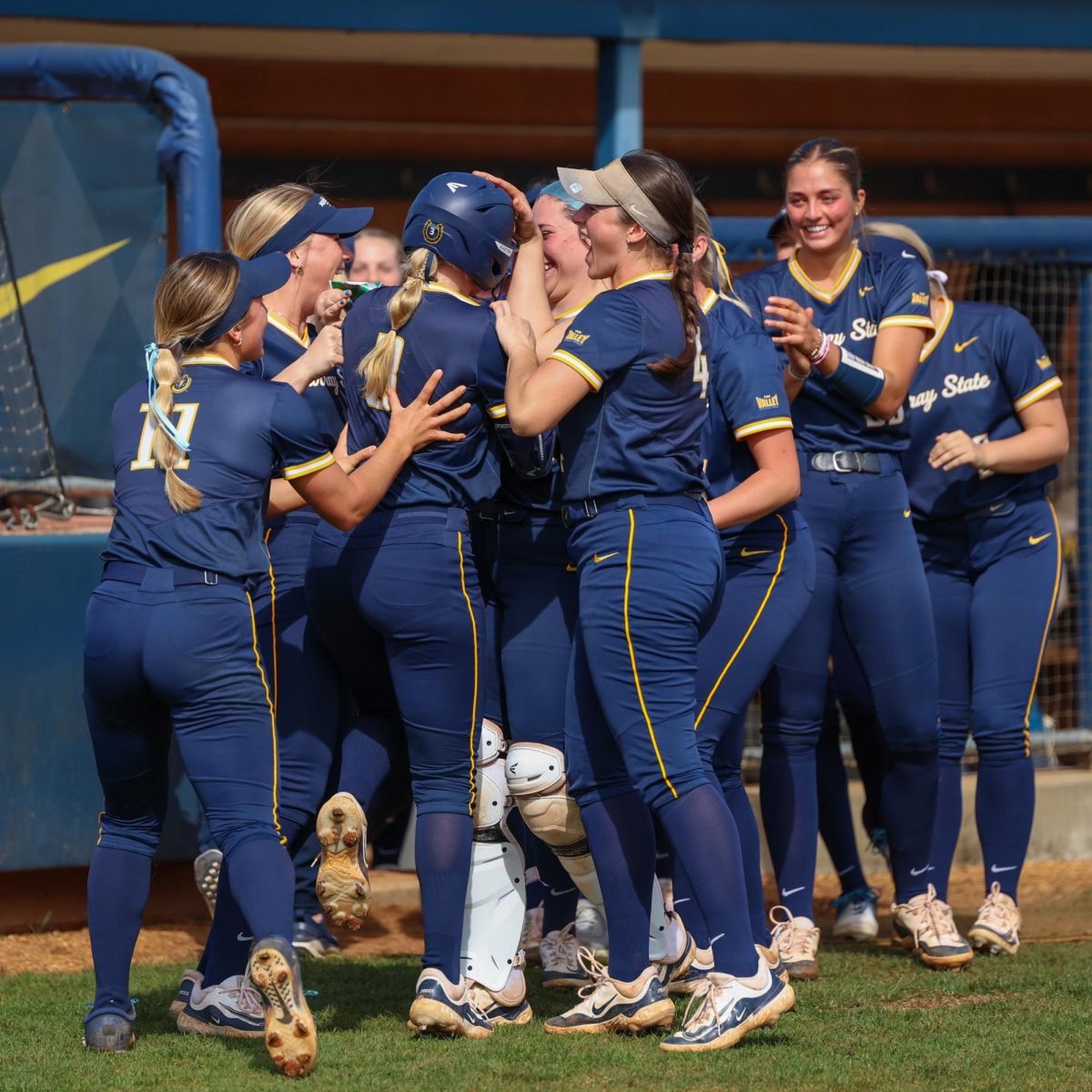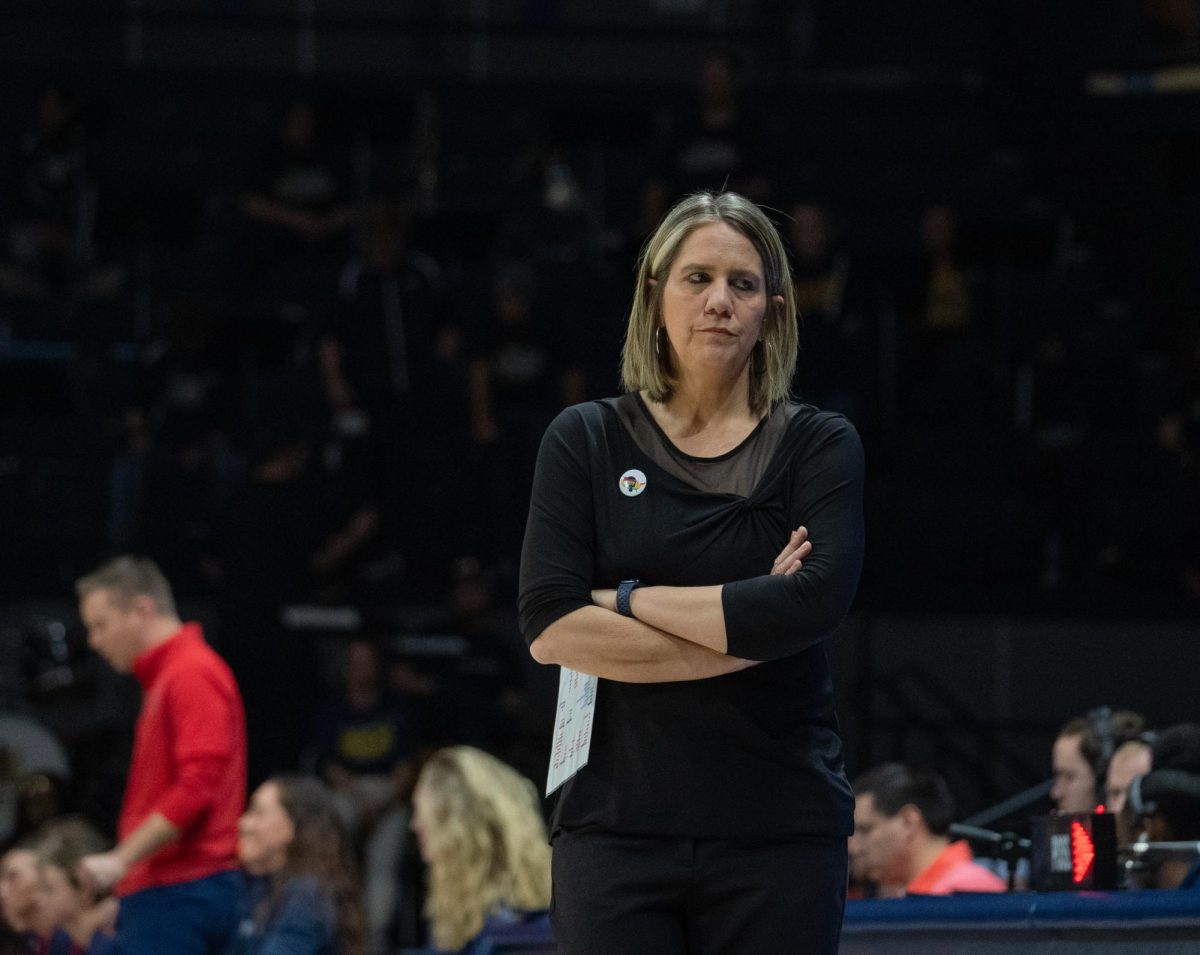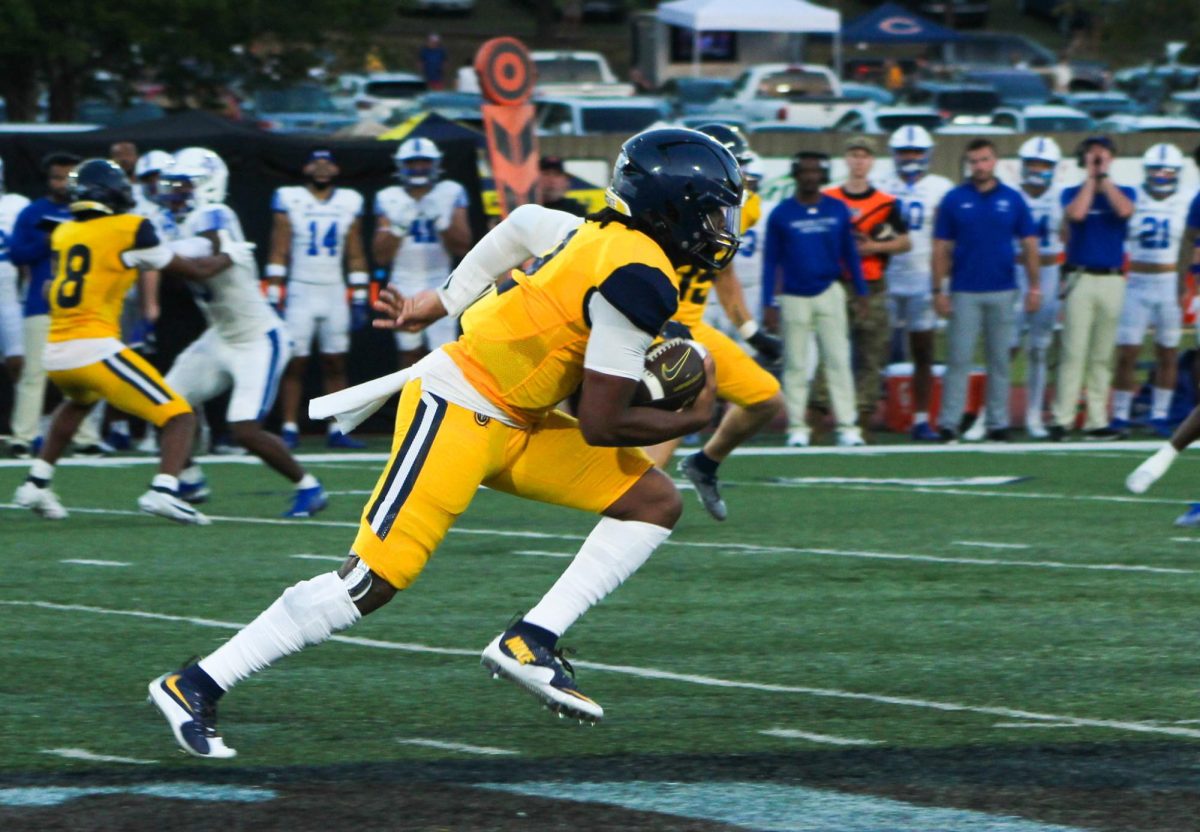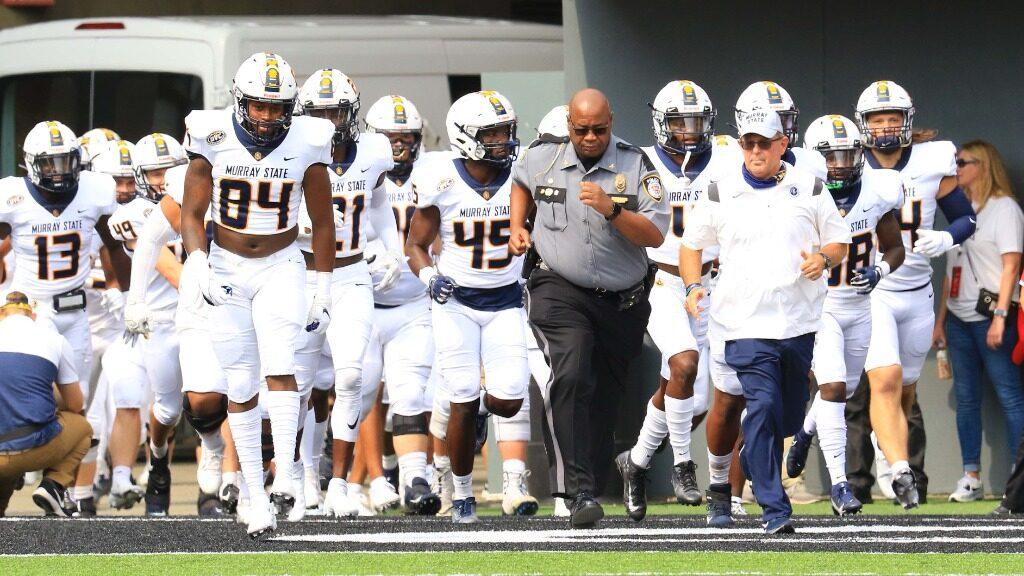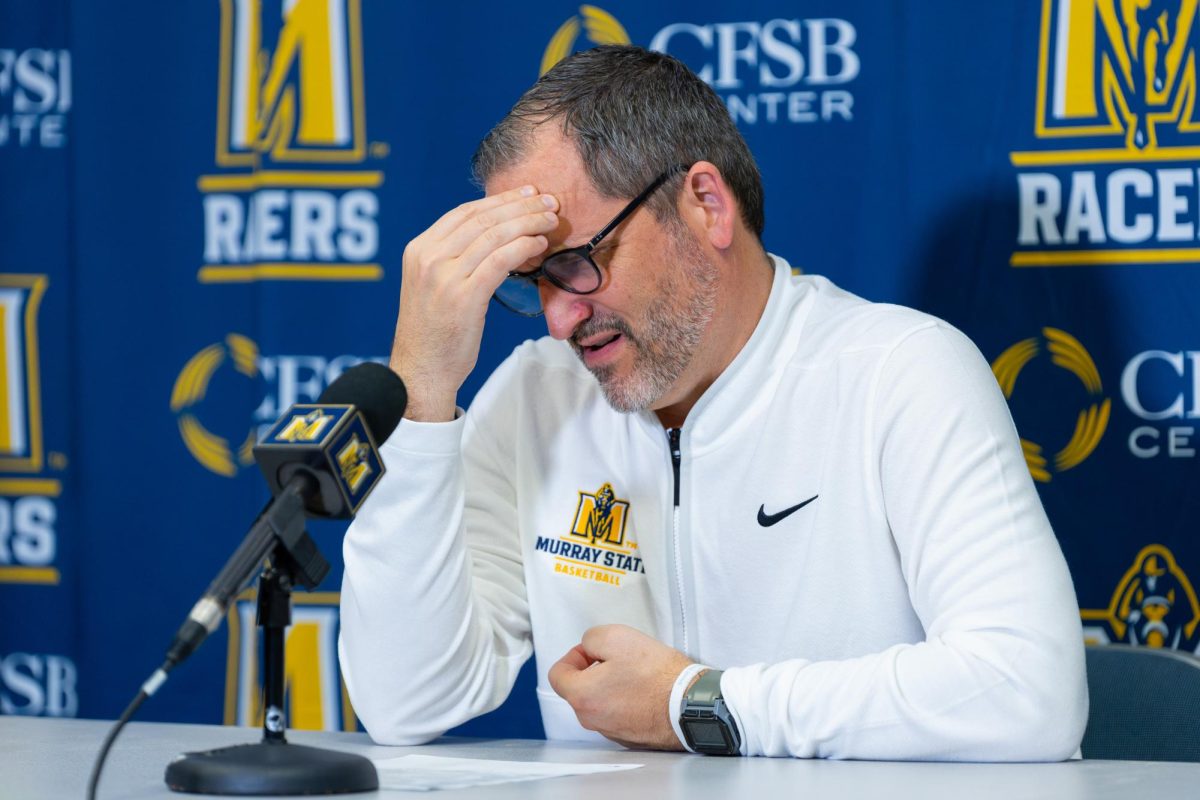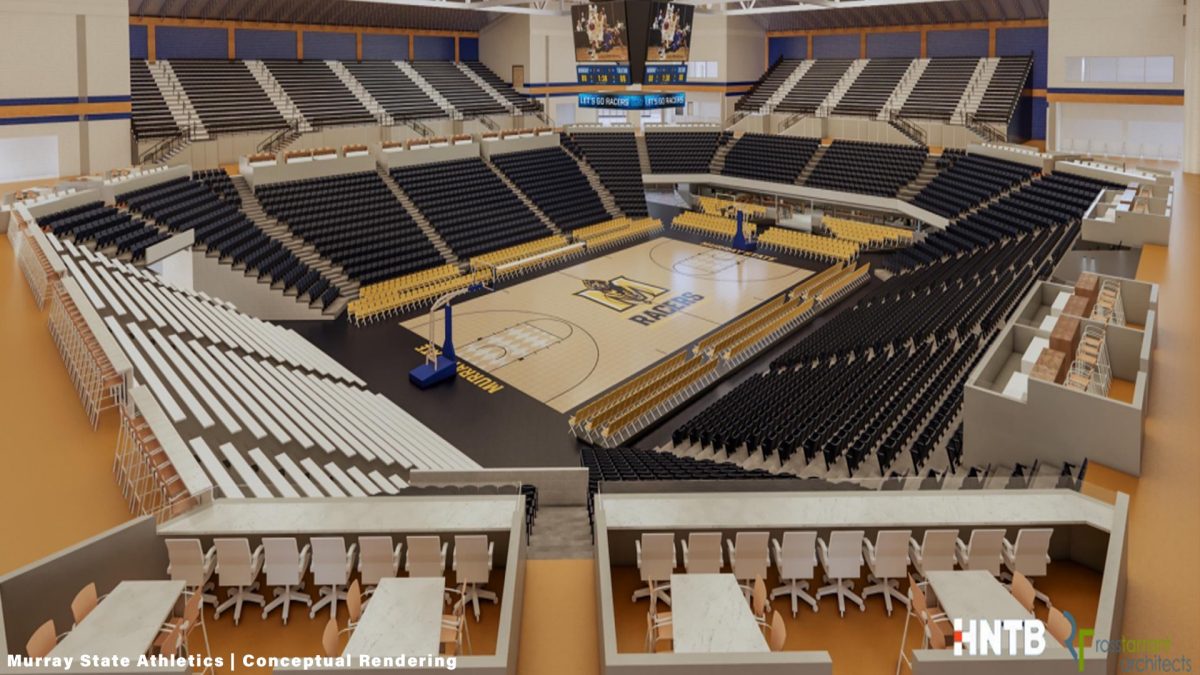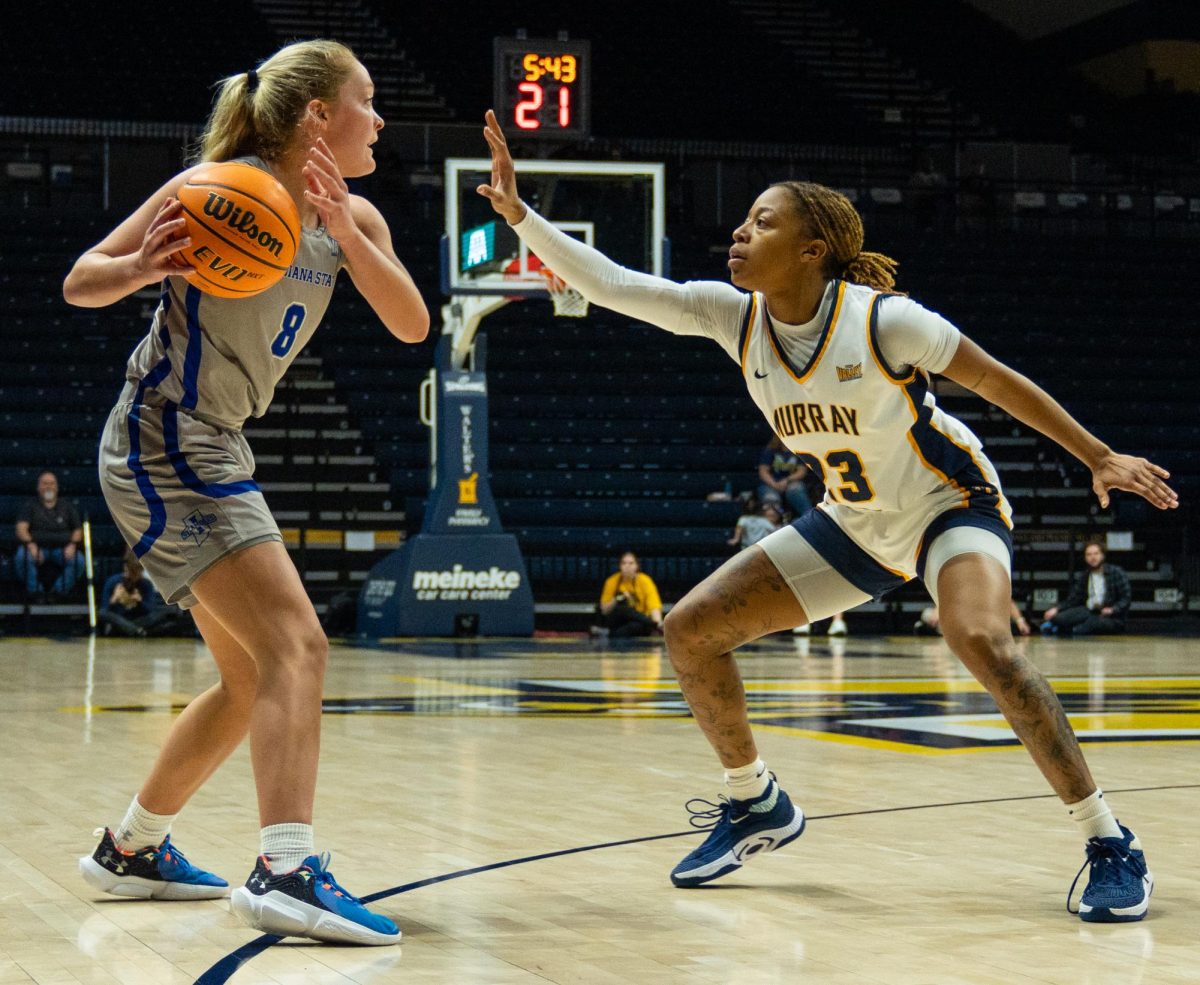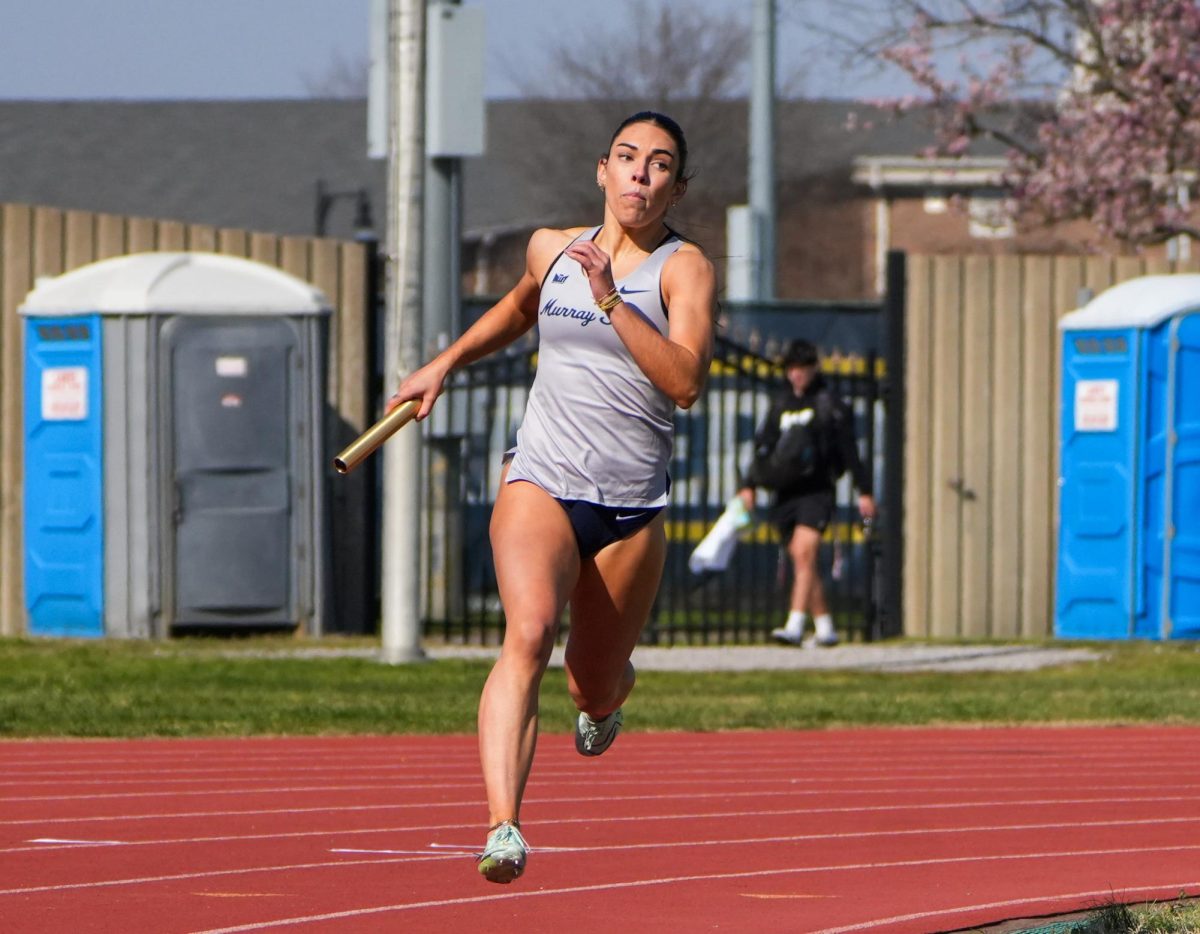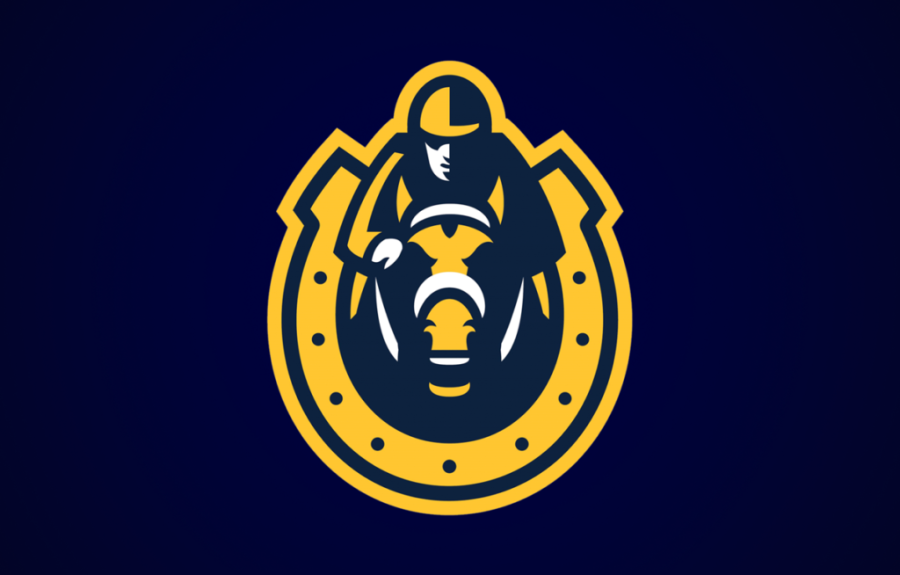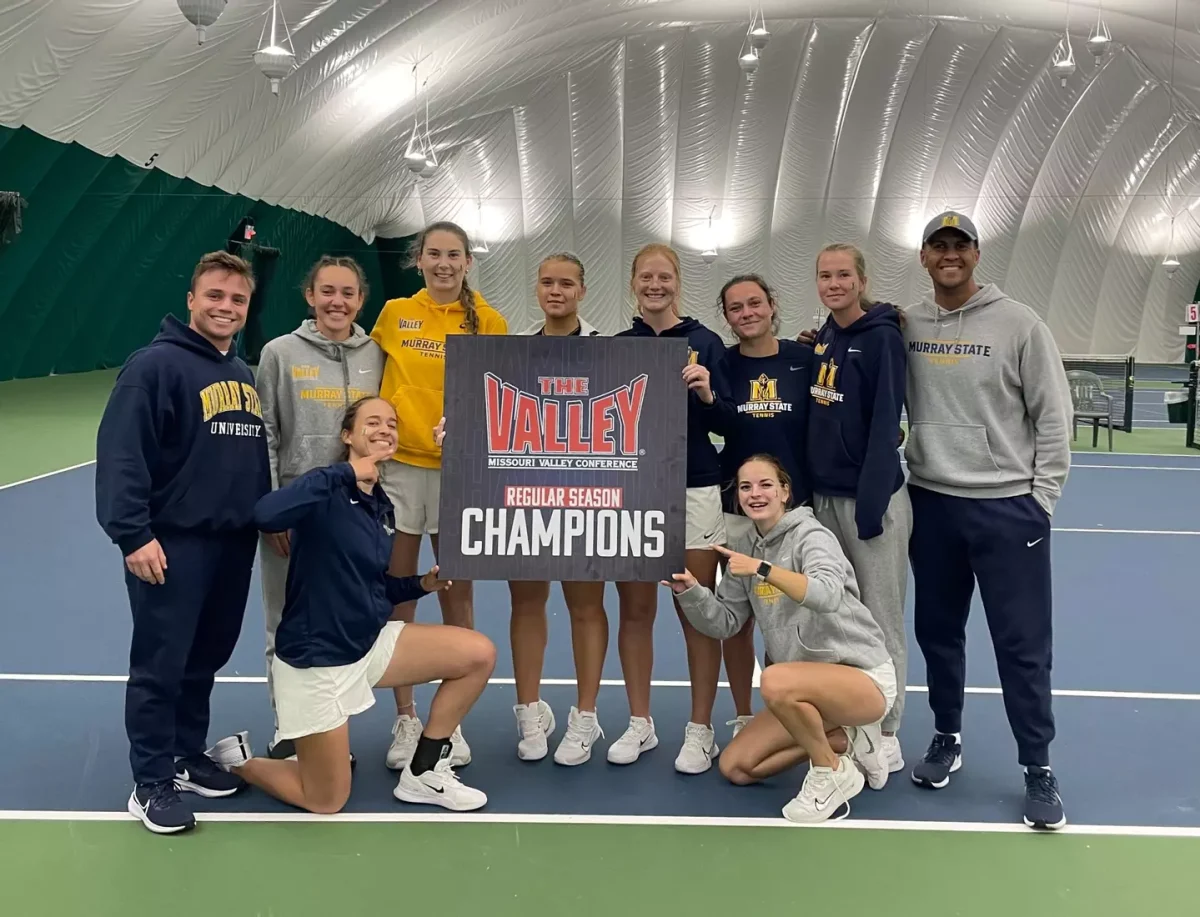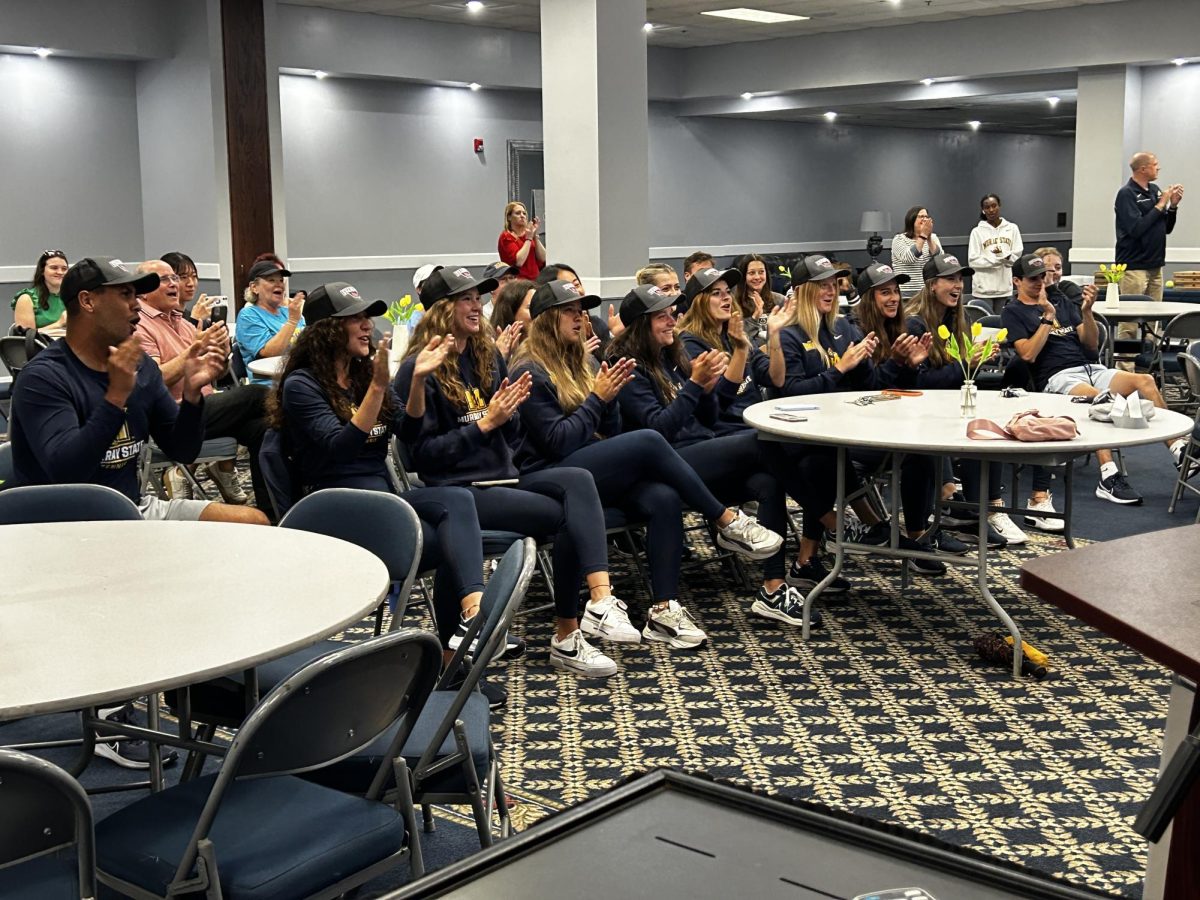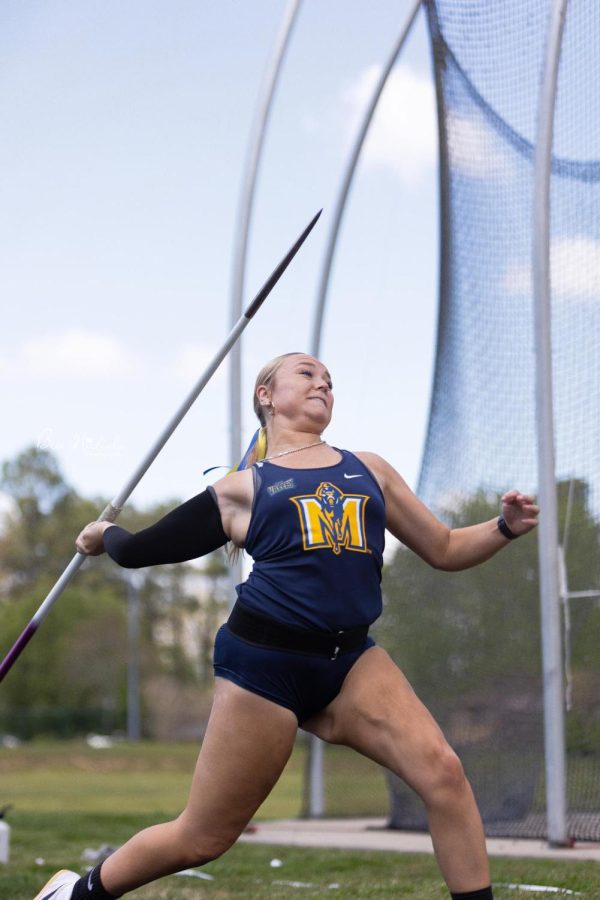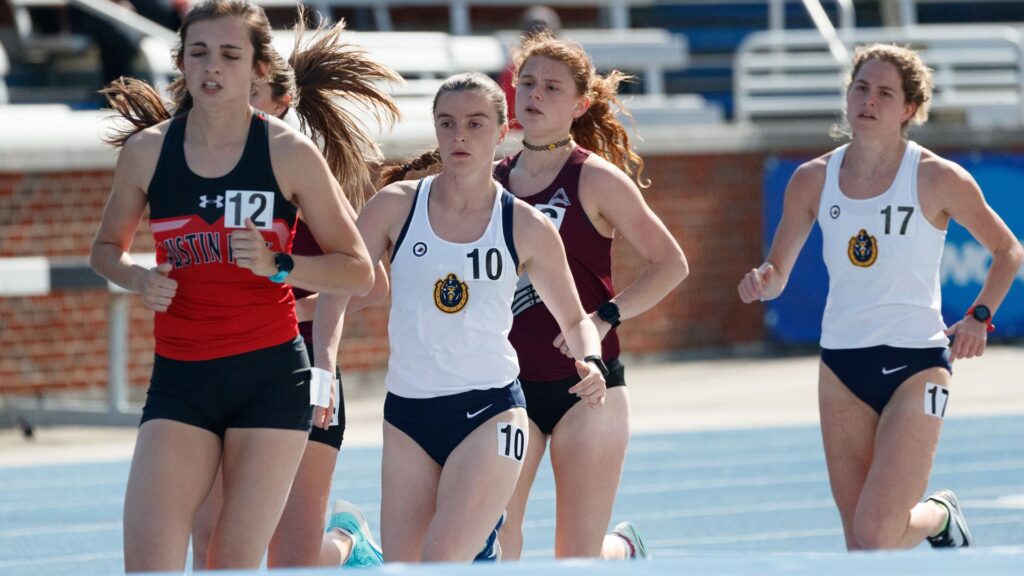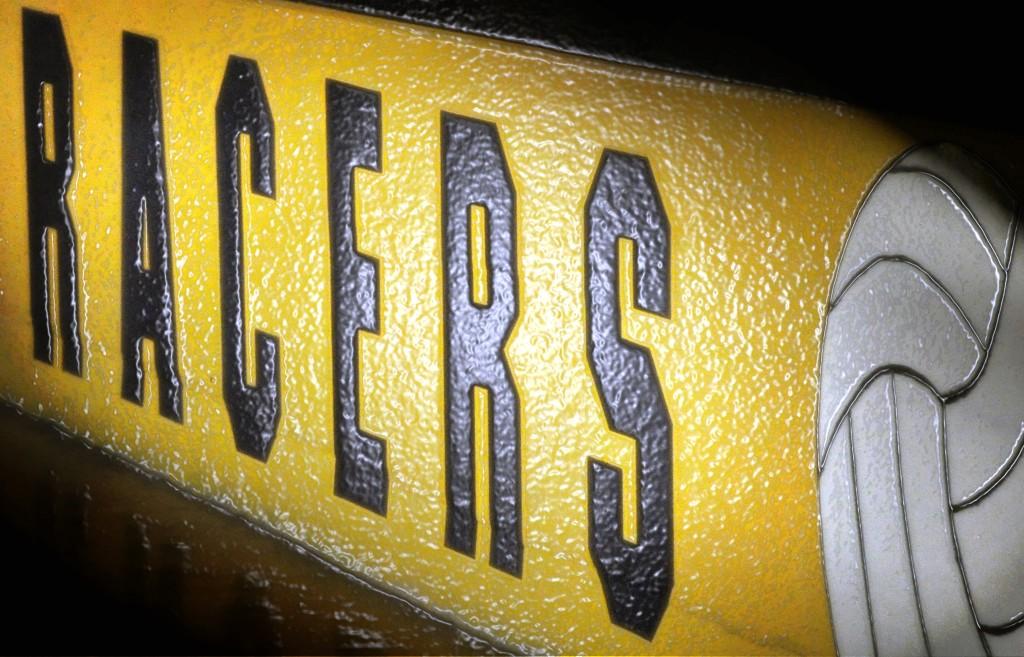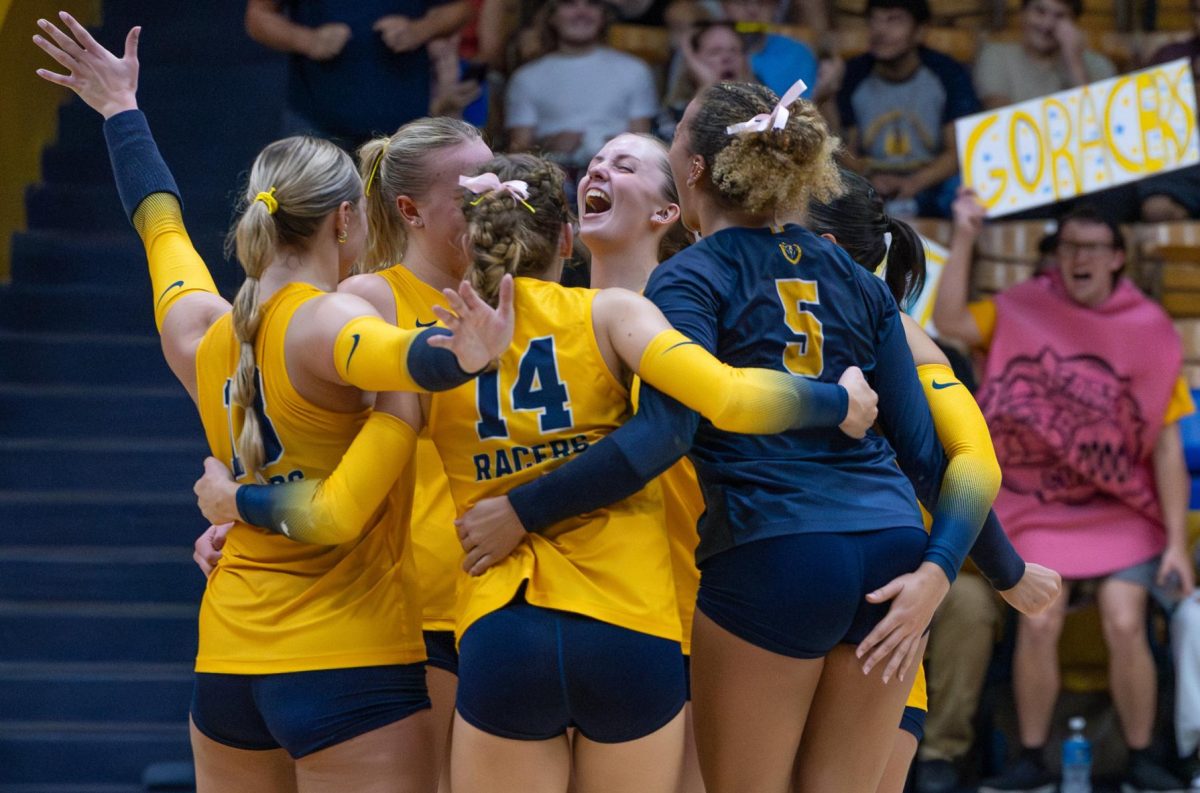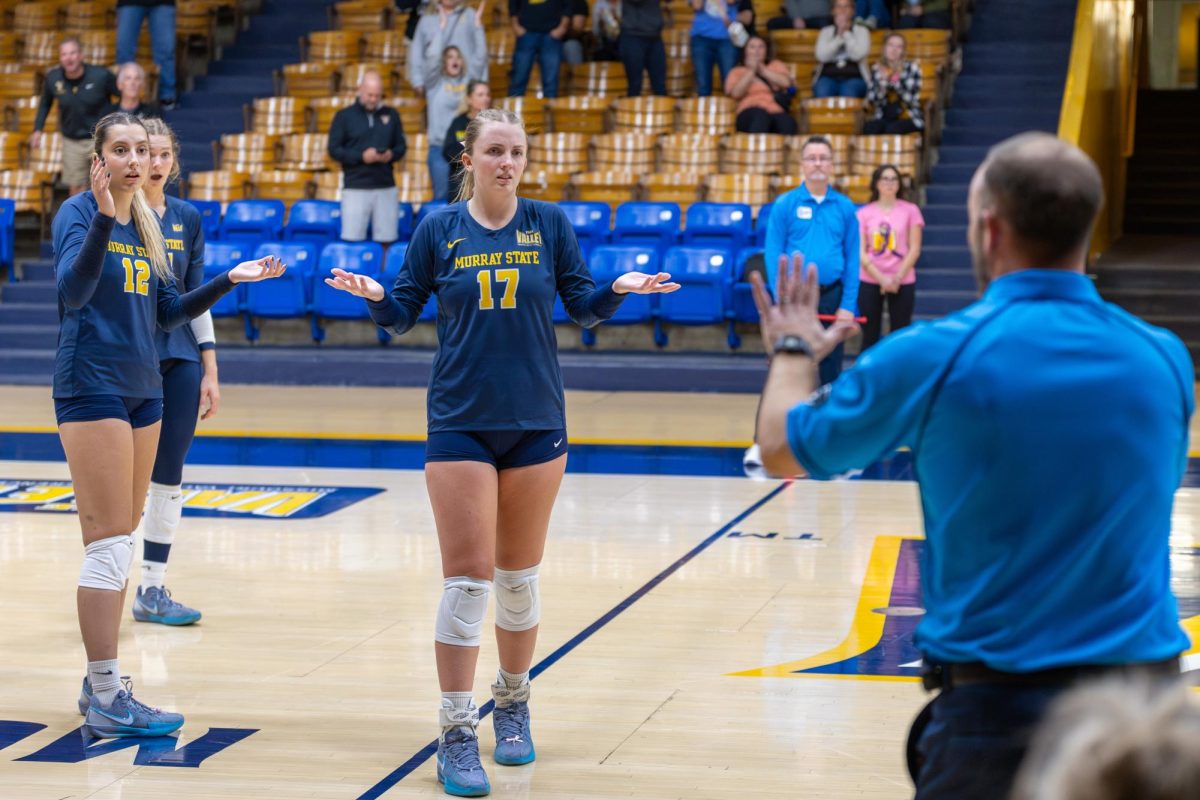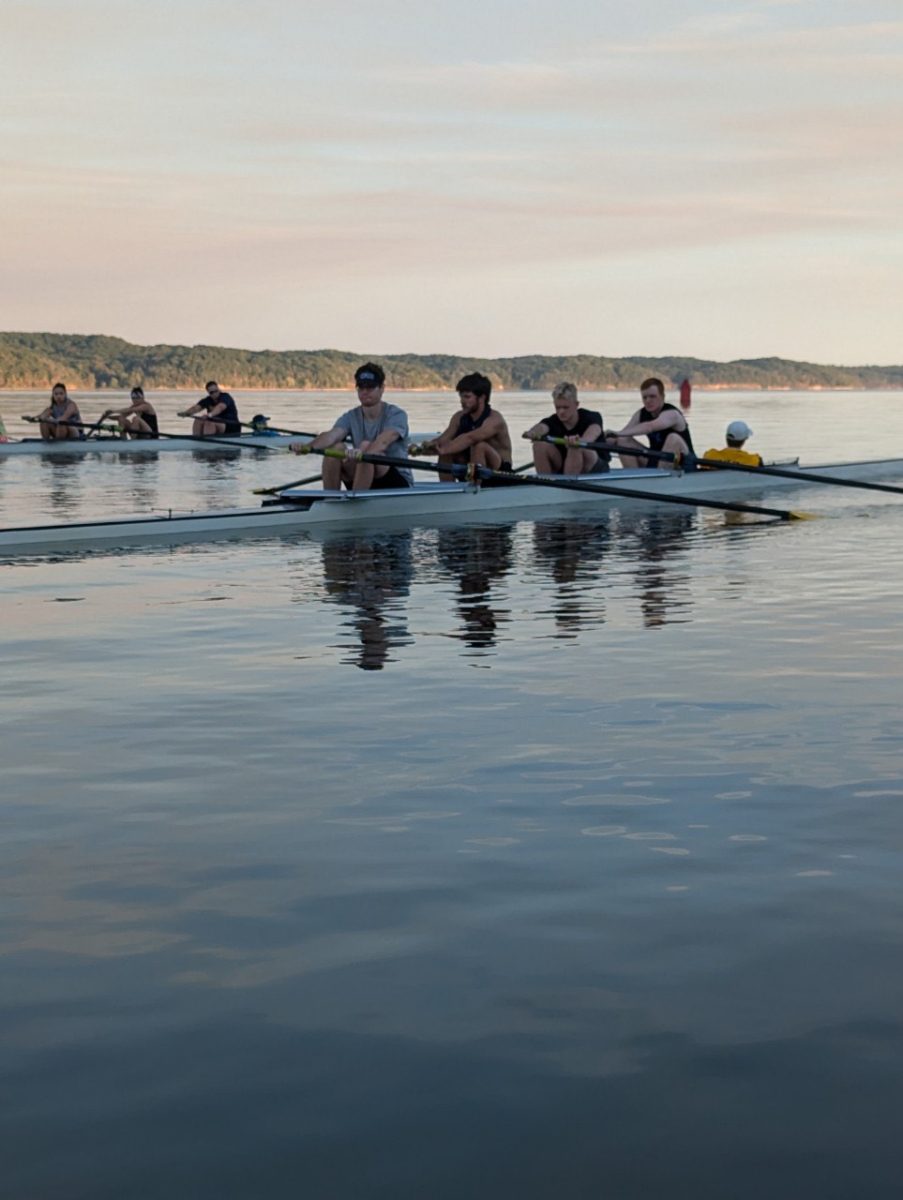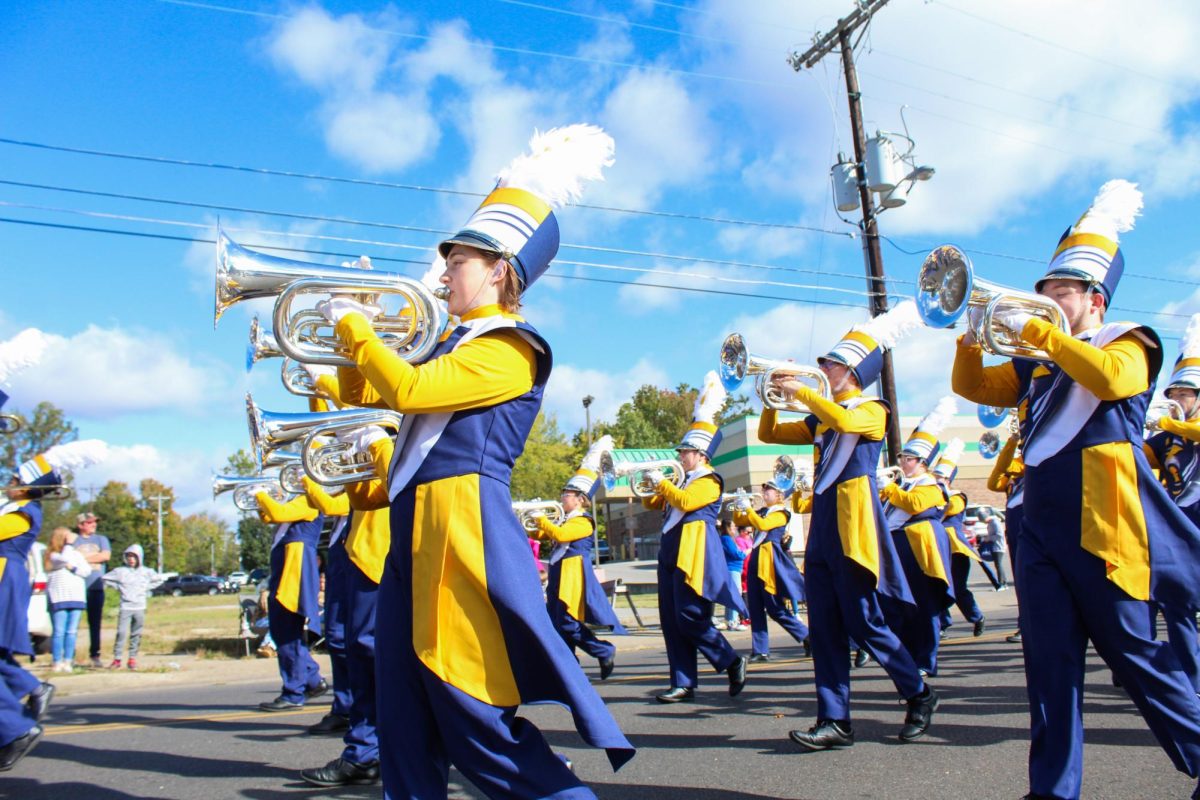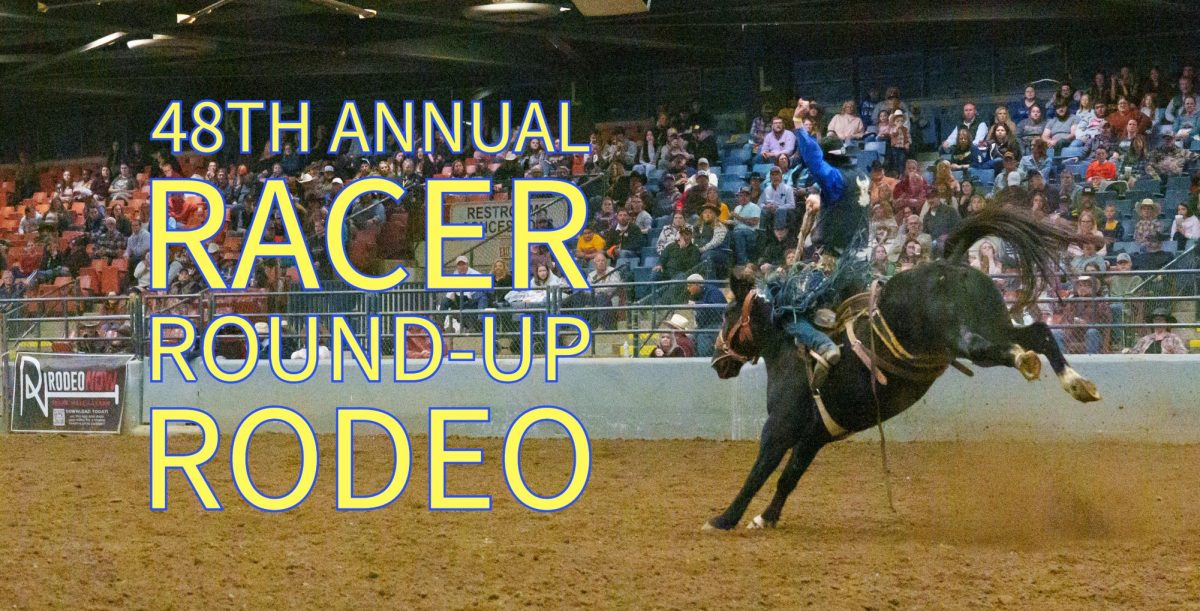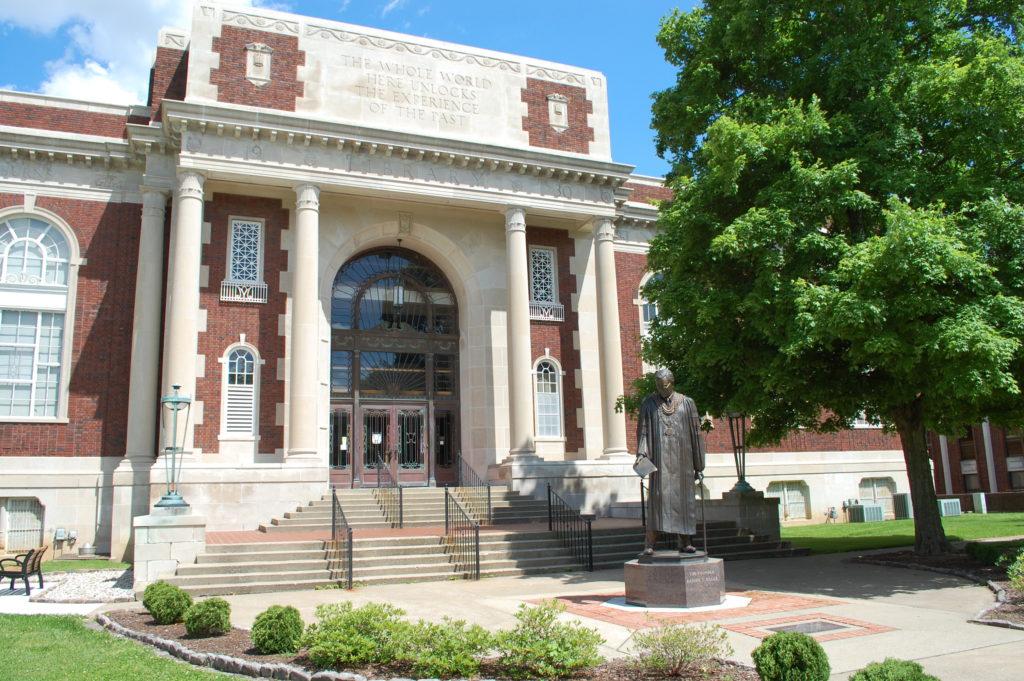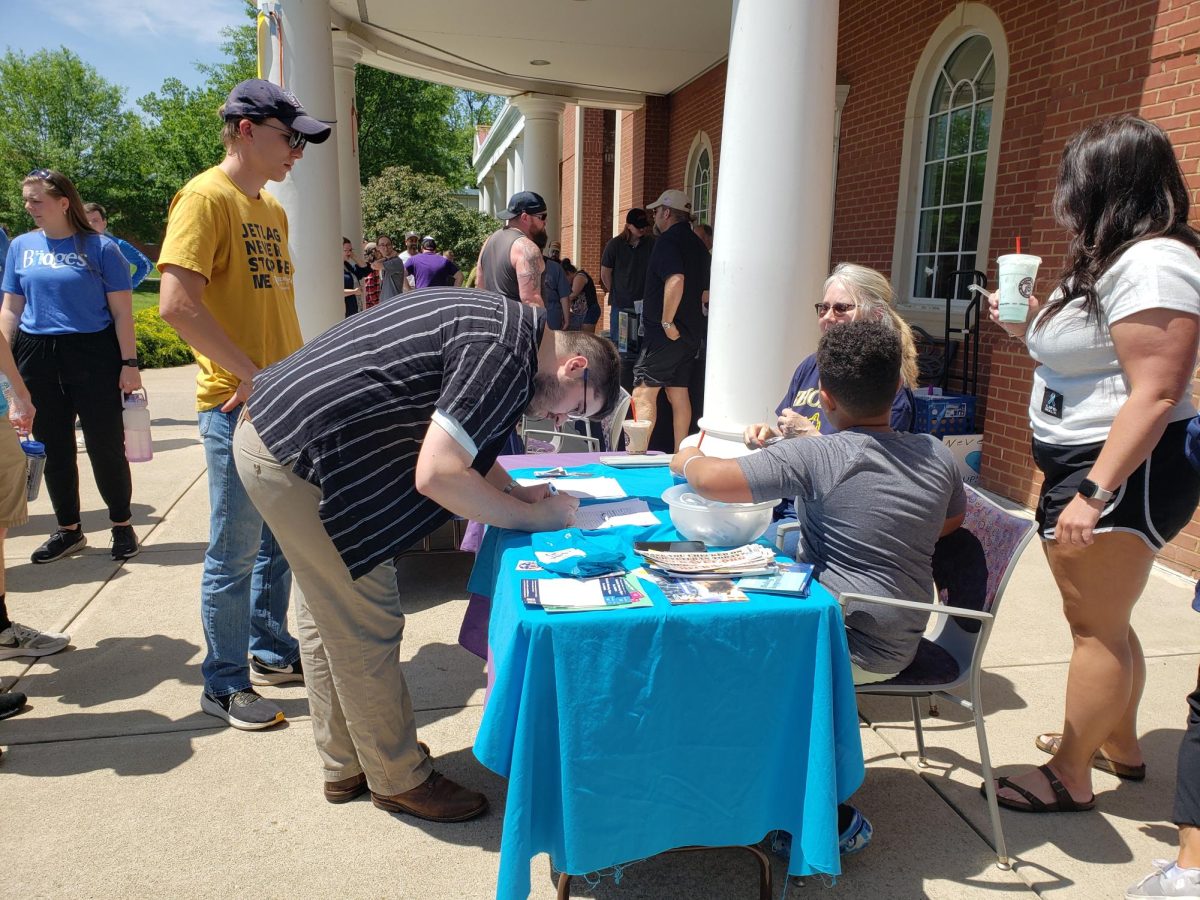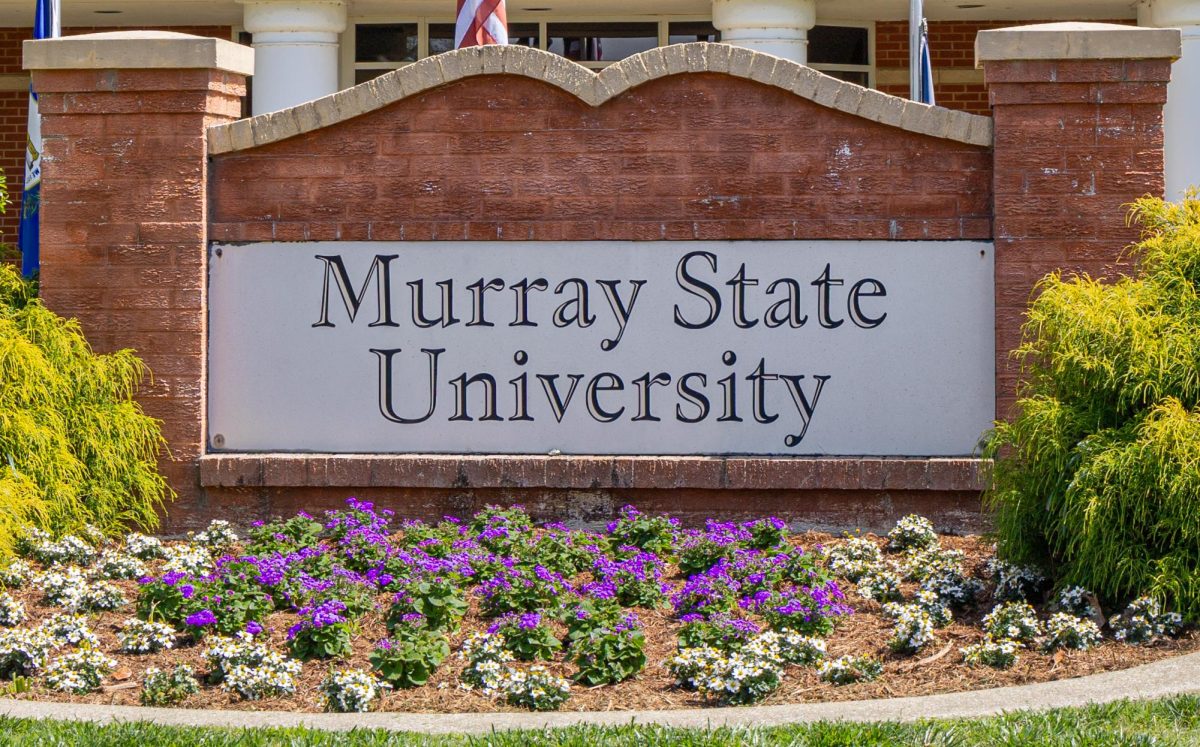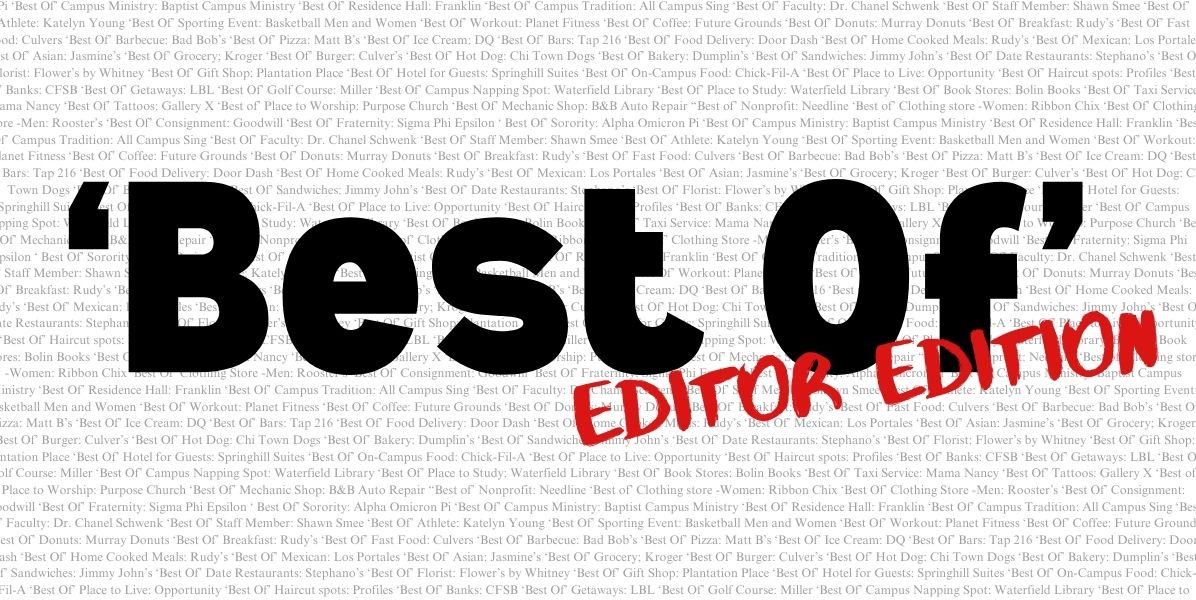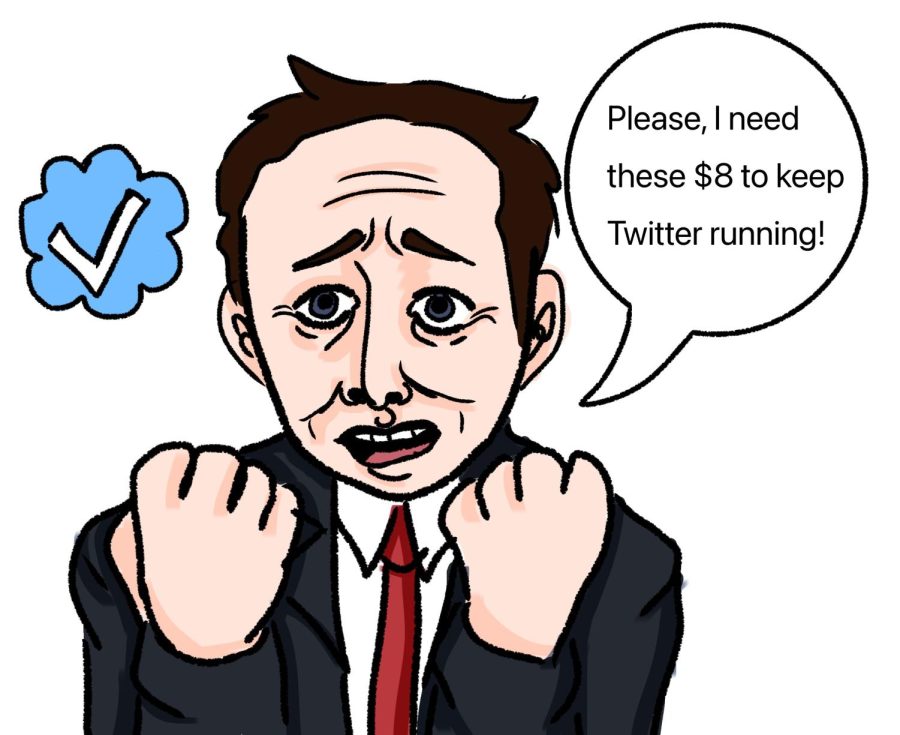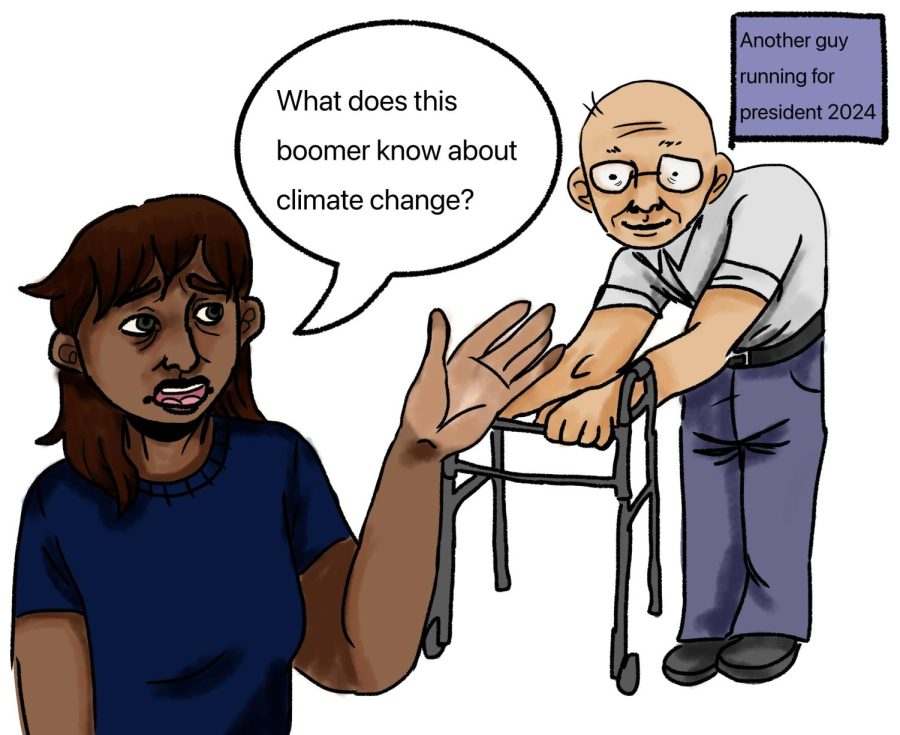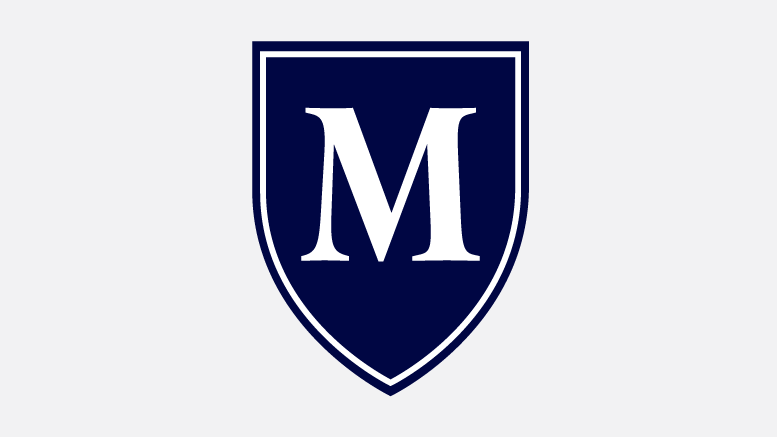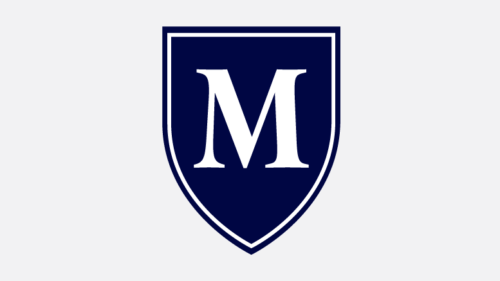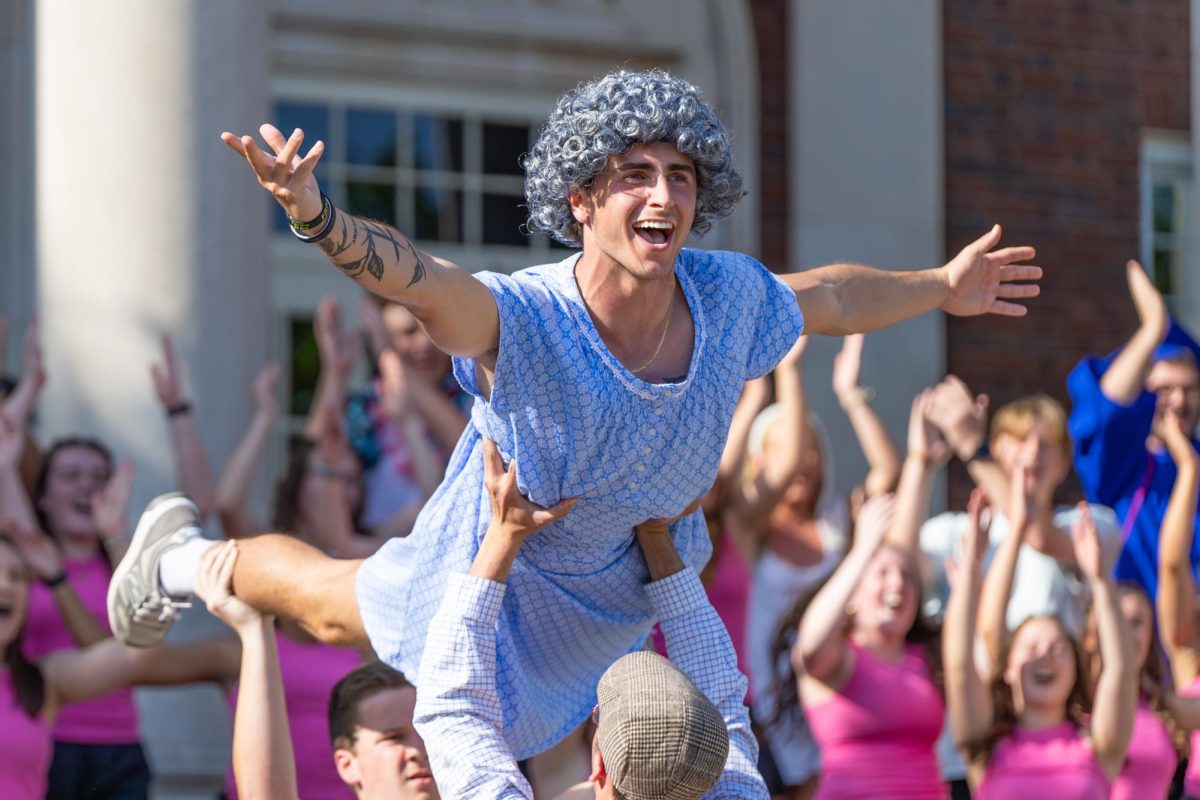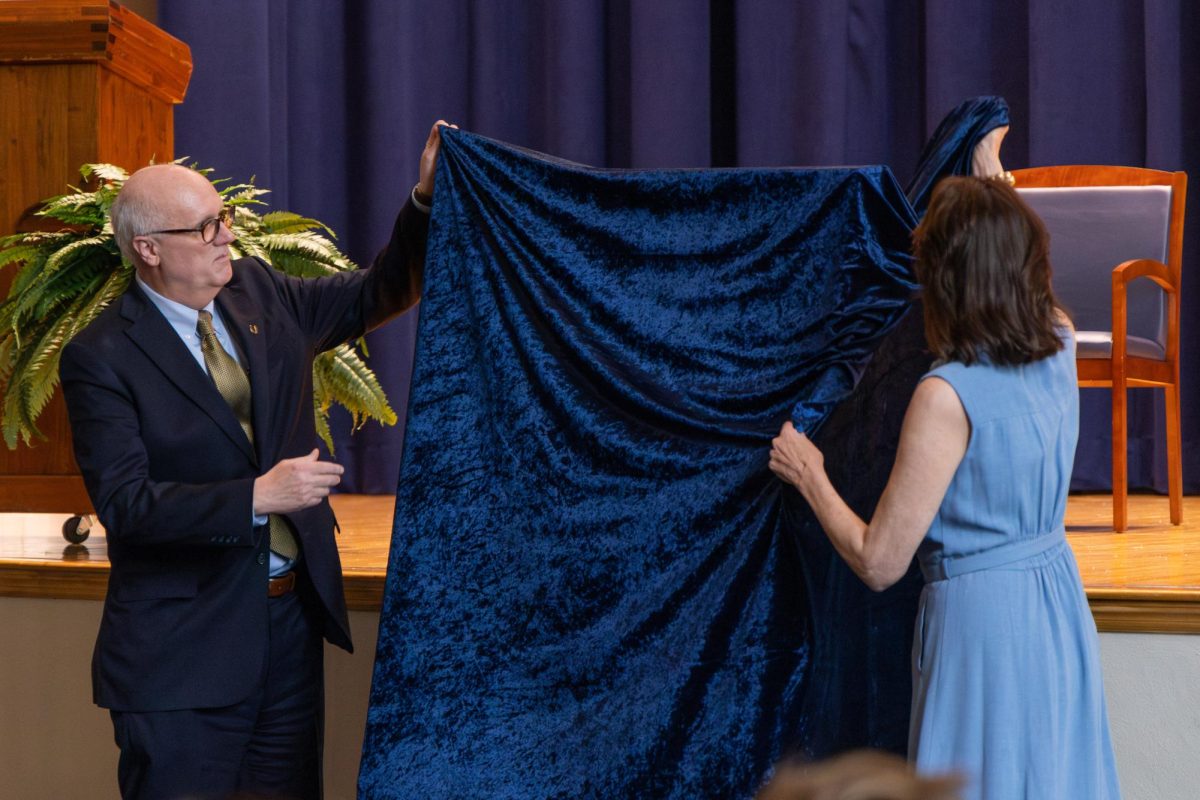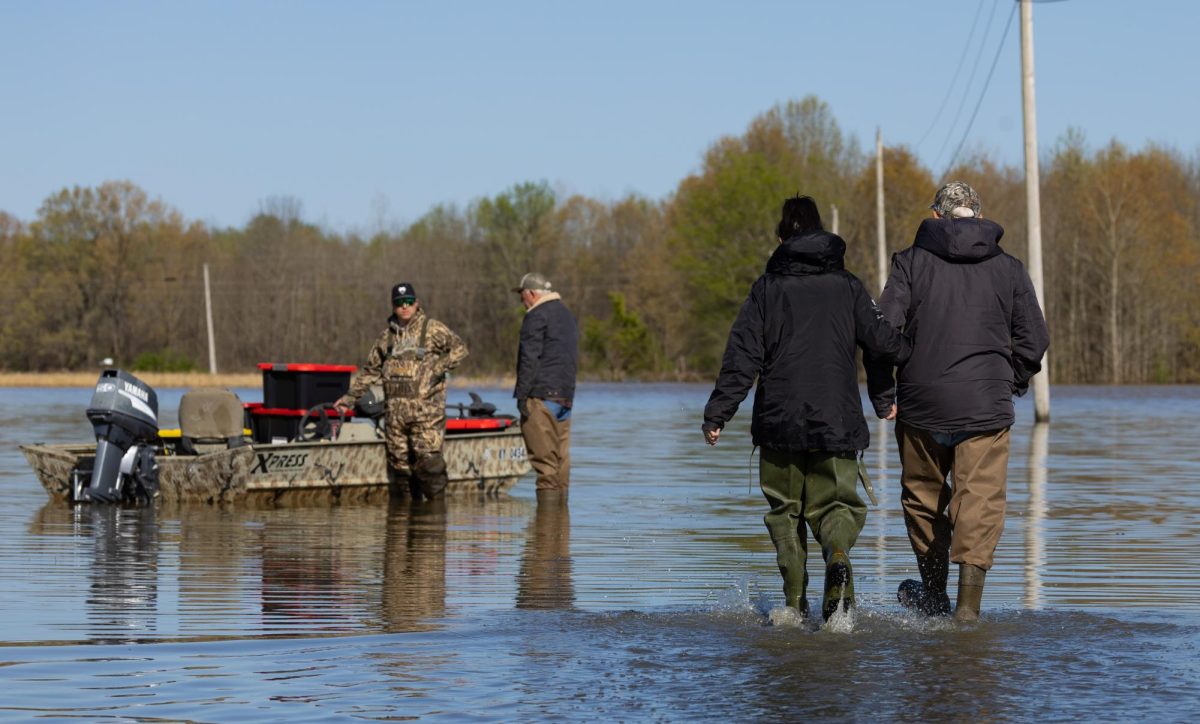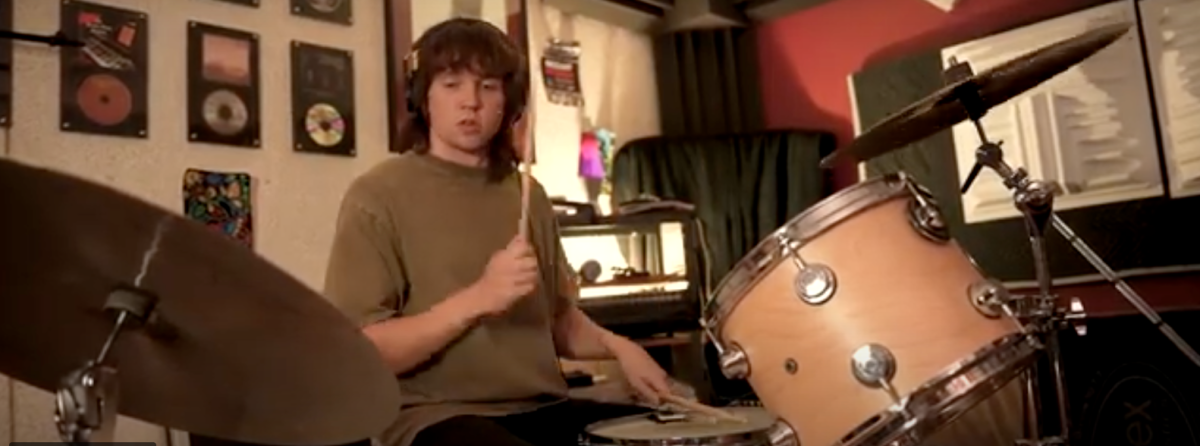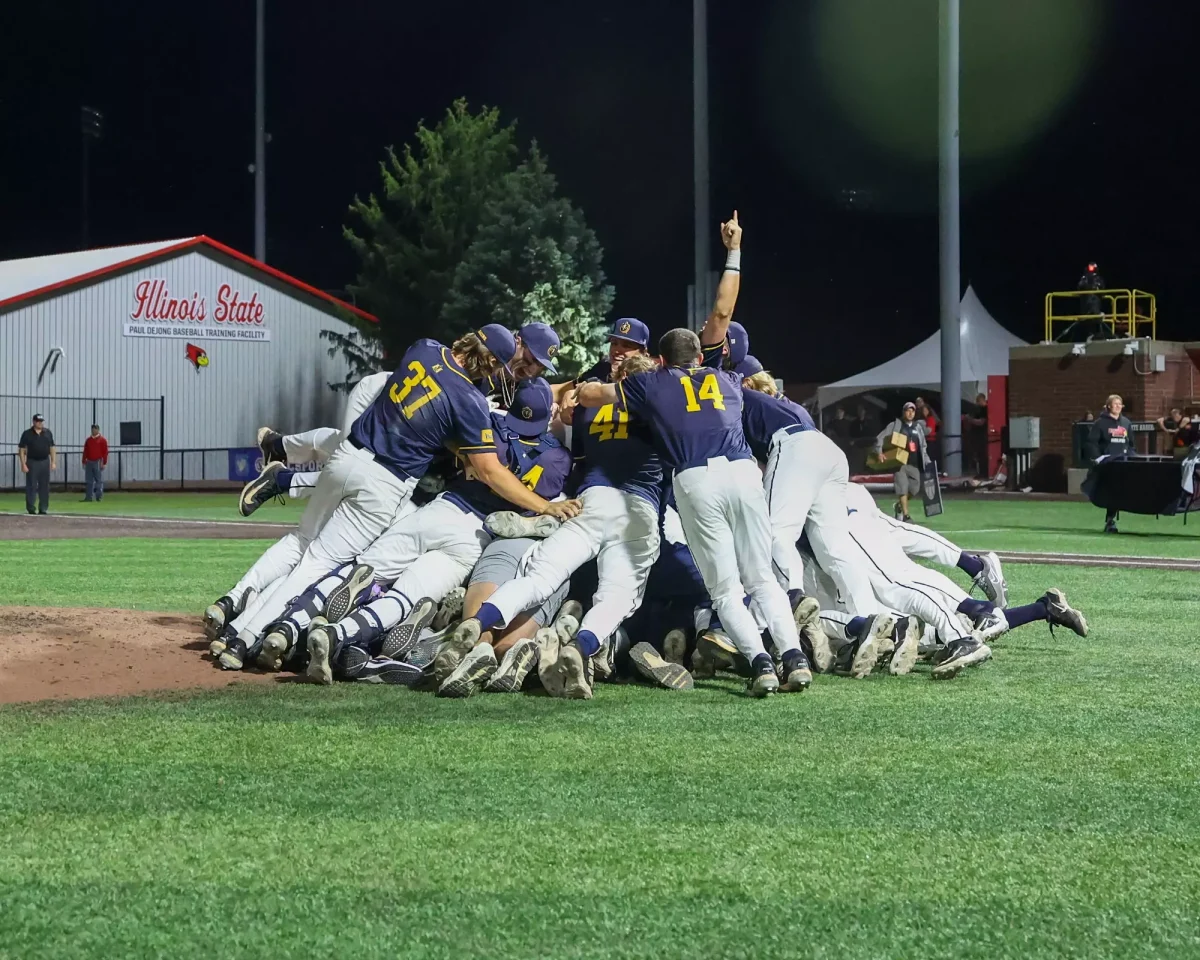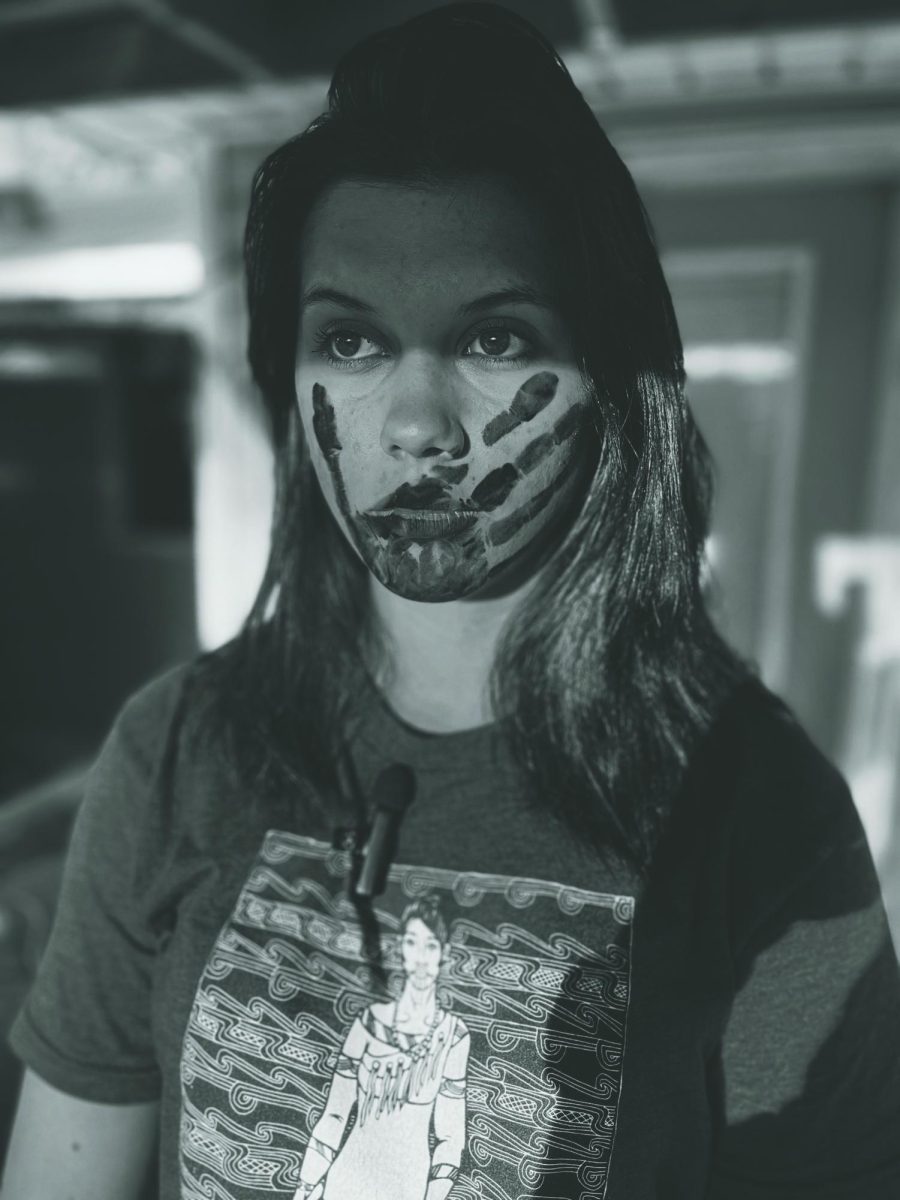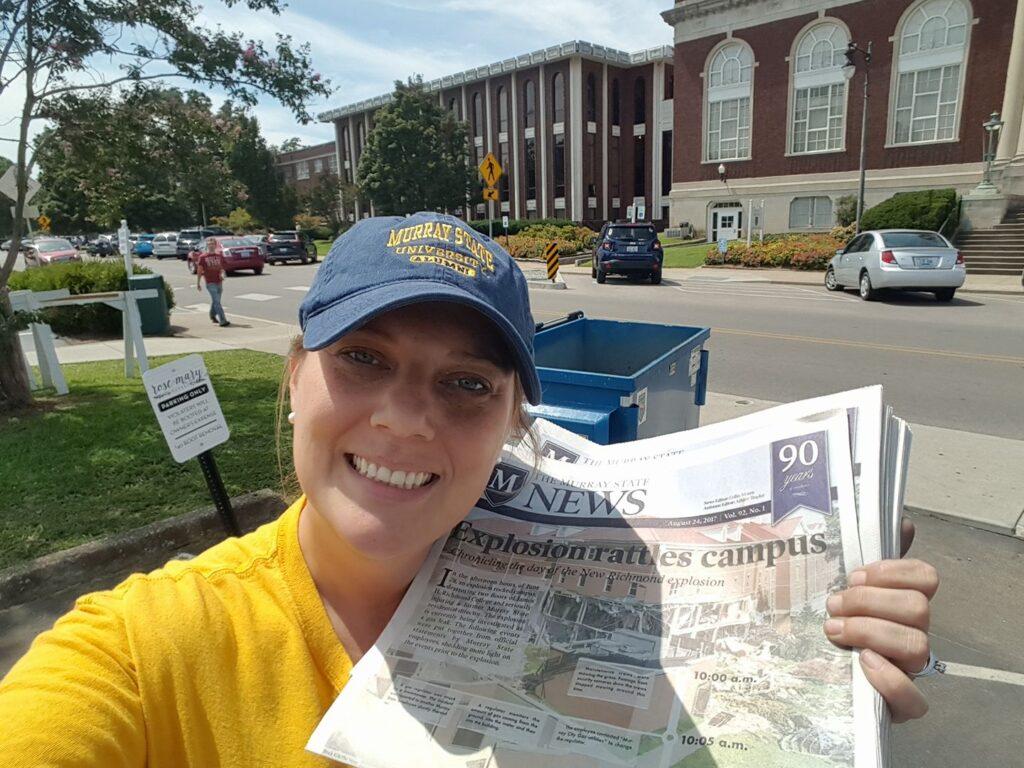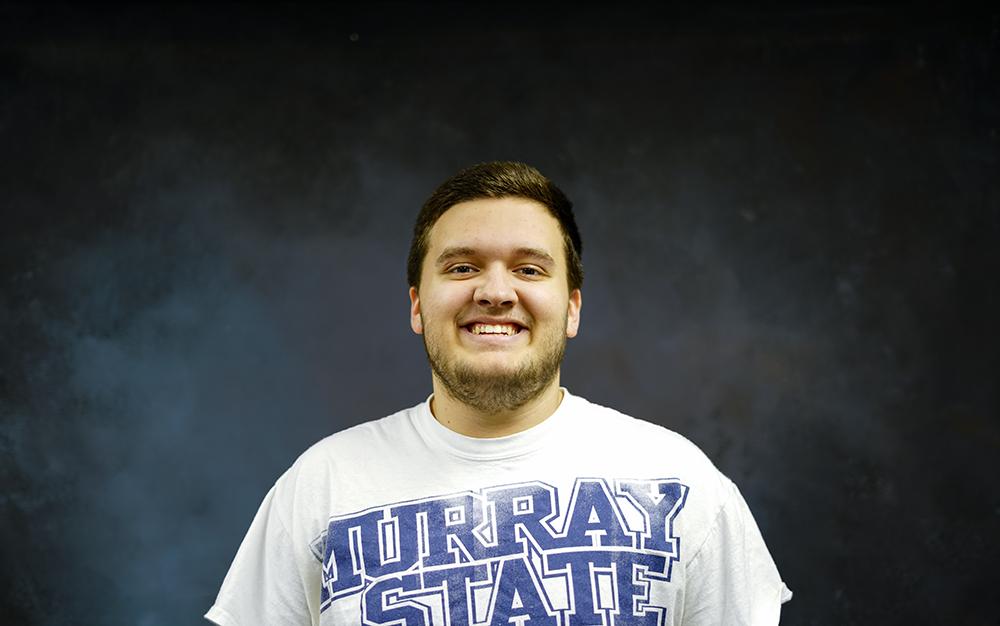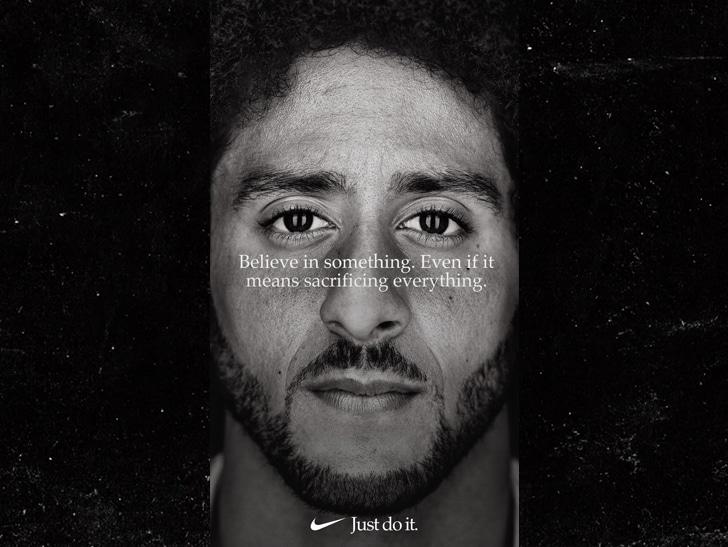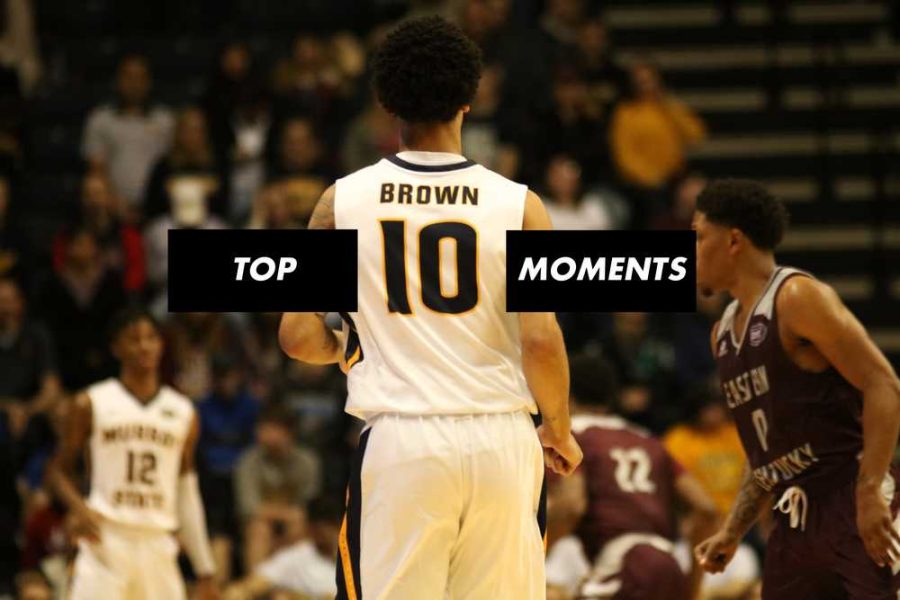Gage Johnson
Sports Editor
gjohnson17@murraystate.edu
On Tuesday, Oct. 29, the NCAA’s governing board voted unanimously to allow student-athletes to profit off of their name, image and likeness. However, it’s not as clear-cut as some may think.
Initially with the statement from the NCAA and the excerpt from the chair of the board and president of Ohio State Michael V. Drake, it seemed like a home-run to many.
“We must embrace change,” Drake said. “Additional flexibility in this area can and must continue to support college sports as a part of higher education. This modernization for the future is a natural extension of the numerous steps NCAA members have taken in recent years to improve support for student-athletes, including full cost of attendance and guaranteed scholarships.”
Shortly after the announcement, many took to social media to express that “it was about time” players were going to be paid for their performances in collegiate athletics.
Many gamers also chimed in, excited for the possibility of NCAA video games made by EASports making a potential return if the athletes can receive benefits for being in the game.
The company had stopped production after 2010 because of players not receiving profits for their image and likeness being used.
This picked up major steam, especially since Electronic Arts CEO Andrew Wilson told Jason Gay of the Wall Street Journal last week that the possibility of a comeback is real.
“Our position is we would love to build a game,” Wilson said. “If there’s a world where the folks who govern these things are able to solve for how to pay players for the use of their name and likeness and stats and data, we would jump at the opportunity to build a game in a heartbeat.”
However, there’s nothing to get too excited about just yet.
In the press release from the NCAA, it stated that players can profit off of their likeness “in a manner consistent with the collegiate model.” This completely undermines what seemed to be the main idea behind the statement.
If the NCAA is truly trying to pay student athletes, how can they follow the current collegiate model which doesn’t allow players to profit from their likenesses?
Furthermore, the NCAA Board of Governors hasn’t truly made any changes to the bylaws at the time being. The press release states that all three of the NCAA’s divisions should “consider updates to relevant bylaws and policies for the 21st century.”
On top of the fact that how much players could make and how they would receive payment is very unclear, the NCAA also made sure to give itself plenty of time to figure things out its way.
By stating in the press release that the new rules must be implemented by no later than January of 2021, the NCAA pushes California’s Fair Pay to Play Act slightly to the backburner.
The Act signed on Friday, Sept. 27, by Gov.Gavin Newsom was set to go into effect in 2023, but now the NCAA can get ahead of that bill and set the rules that they feel are best for it and the student athletes.
Theoretically, the NCAA will try to find a way to give players as little money as possible by making the changes to their bylaws before the Act goes into effect.
This could practically nullify the Act, as the vast majority of schools won’t look to separate and make their own league if players are already receiving some amount of money.
Despite this, NCAA President Mark Emmert said in the statement released on Oct. 29 that they will find the best way to create fair opportunities for student athletes.
“As a national governing body, the NCAA is uniquely positioned to modify its rules to ensure fairness and a level playing field for student-athletes,” Emmert said. “The board’s action today creates a path to enhance opportunities for student-athletes while ensuring they compete against students and not professionals.”
Many were quick to judge the latter half of Emmert’s Statement, one being ESPN College Basketball Analyst Jay Bilas who’s been known to support the idea of players being compensated for their likeness.
“What nonsense,” Bilas said on Twitter. “‘Student’ means enrolled, nothing more. Status as a student has nothing to do with money. Zero.”
As it did with Newsom’s involvement in getting the ball rolling with the Fair Pay to Play Act, the topic has furthered its way into politics. This time, it was with a Twitter post from Sen. Richard Burr, R-NC.
Burr said that if student-athletes are going to be able to profit while playing for their respective schools, then he will bring forth to legislation an idea that “subjects scholarships given to athletes who choose to ‘cash in’ to income taxes.”
This post was met by some serious backlash, with over 9,000 comments and 500 retweets within an hour of it being posted. One of those retweets was from former ESPN analyst and current staff writer for The Atlantic Jemele Hill who gave her thoughts on Burr’s idea.
“If scholarships are treated like income, then that would make the athletes employees,” Hill said. “The NCAA screams at every opportunity that college athletes are not employees because they know if they [student-athletes] are classified as employees they [NCAA] would have to start paying them. But go off.”
With all of this being said, the NCAA and student athlete compensation is still in its beginning stages. To the public eye, it seems to be a huge step that has been taken forward, but there’s no guarantee it’ll be exactly what everyone expects it to be. In all reality, people can only speculate the details of the changes the NCAA may make by 2021 and hope that someday fans can hear “EA Sports: it’s in the game” once again.





